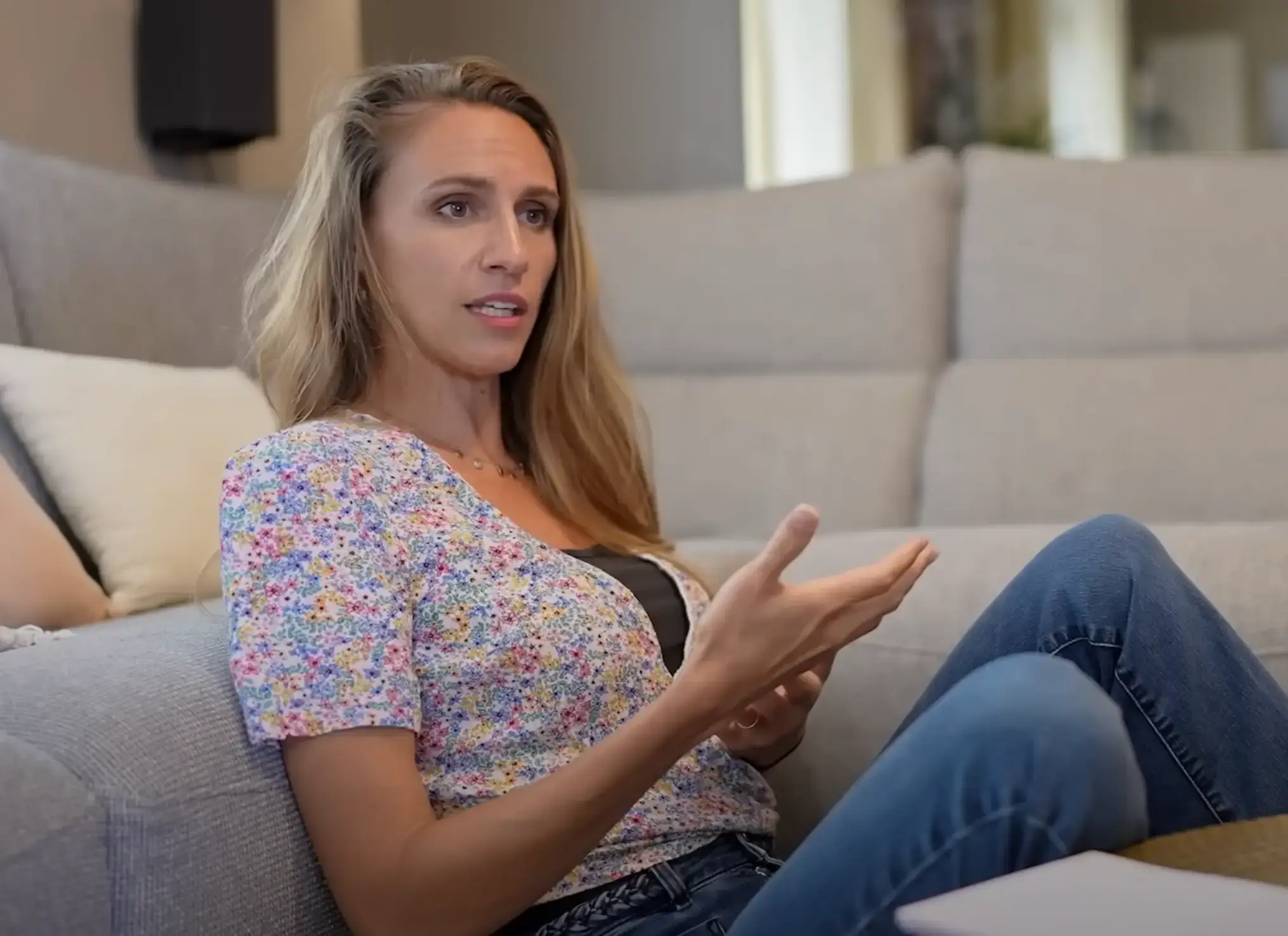 Adele, France
Adele, Francepeter (Baby aged 4 months, Sweden)
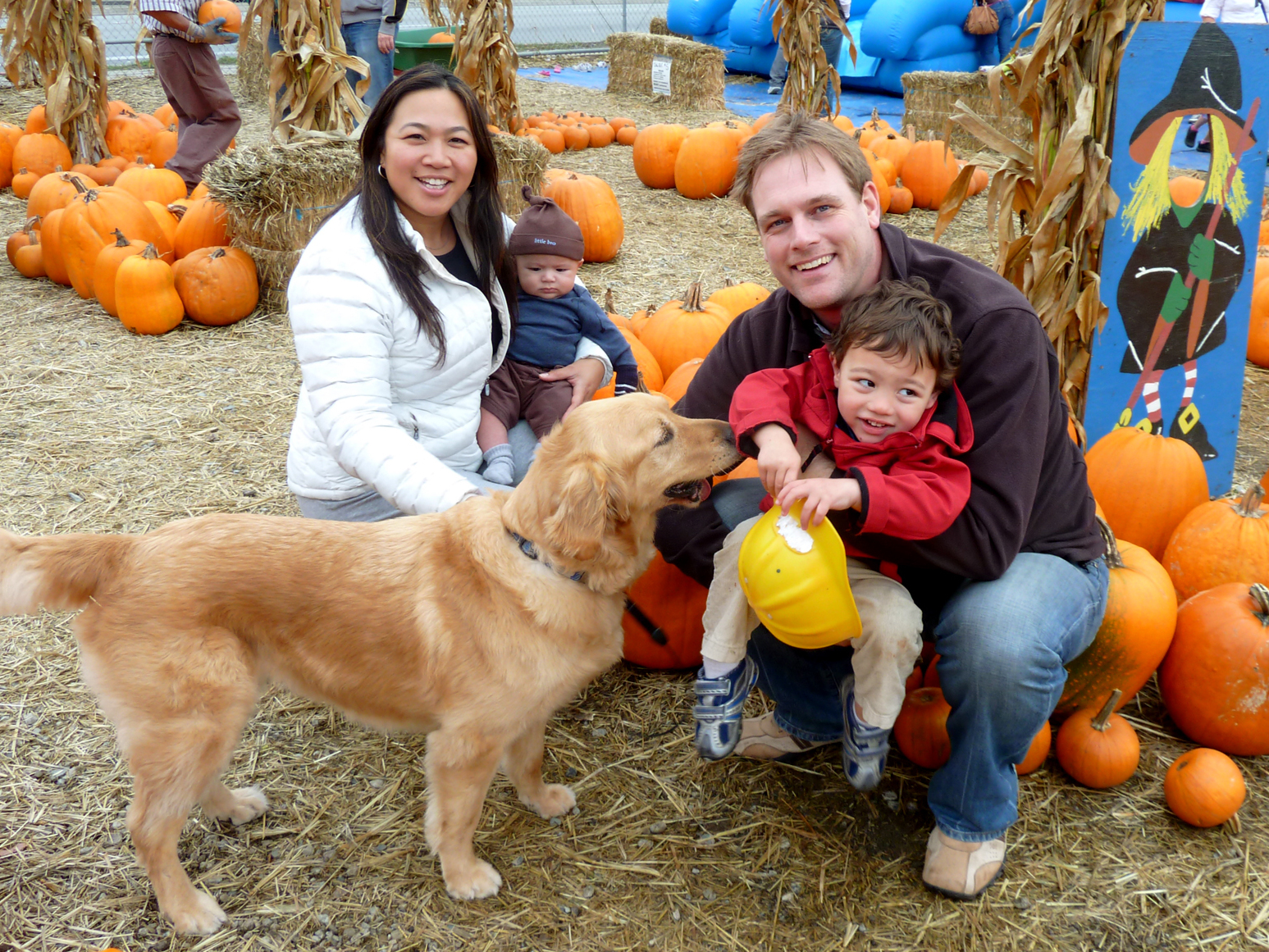
A Case of a – NOT – Shaken Baby Syndrome
by Peter Aspelin, Emeritus Professor of Radiology, Karolinska Institutet, Stockholm, Sweden. 14 January 2019.
Many claim that our time is characterized by polarization, aggressiveness, and fake news, and that opinions are often valued over evidence-based facts.
In my view, the same applies to the debate surrounding the diagnostic significance of the so-called “triad” — subdural hematoma, retinal hemorrhage, and brain swelling — in Shaken Baby Syndrome (SBS).
I would like to present a case that illustrates how quickly and incorrectly an SBS diagnosis can be made, and how evidence-based facts can be disregarded.
However, to avoid any misunderstanding, I want to make the following points clear:
- Violent shaking can seriously injure a child.
- Pediatricians must always look for signs of child abuse.
- I am not a specialist in diagnosing SBS, but as a professor of radiology, I consider myself well qualified to assess research, particularly in evidence-based medicine.
- I have a disclosure: my son, Kristian, was accused of shaking his son — my grandson, Johan. This paper presents that case. After more than three years, all charges were dismissed.
Writing a case history like this involves many dimensions — medicine, law, social services, family, relatives — and the interplay between facts and emotions. It is impossible to cover all aspects.
Nevertheless, I will focus on certain key elements and, for clarity, divide the discussion into two parts: (1) medical facts and opinions regarding the diagnosis of SBS, and (2) how such a diagnosis affects the lives of those involved.
Johan’s Case
Medical Facts and Opinions About SBS
On November 8, 2010, my son Kristian was at home with his two children — Johan, aged 4 months, and Lukas, 2½ years old. He had just picked them up from day care and was caring for baby Johan. Meanwhile, Lukas was in the kitchen, opening the refrigerator. Their large Golden Retriever was also in the kitchen, competing with Lukas for food. Some food spilled on the floor, and Lukas started shouting. Kristian ran into the kitchen, slipped, and fell on the tiled floor while holding Johan. When they hit the ground, the baby went silent. Kristian called 911, the ambulance arrived, and they went to the hospital.
Kristian was not overly nervous upon arrival. The emergency doctors said, “It looks like a short fall accident. His Glasgow Coma Scale score is 11” — not a value indicating severe brain injury — “but we’ll need to do a head CT.” They intubated Johan, performed the CT, and found a very small subdural hematoma, just two to three millimeters in size. The doctors told the parents, “He’ll most likely be okay by tomorrow morning.” The prognosis seemed good.
Kristian called me in Sweden and explained what had happened. I said, “A small hematoma — they’re probably right. He’ll be fine by tomorrow morning, so try not to worry too much.”
However, a second CT scan, taken six hours later, showed that the brain was already severely ischemic. A third CT, twelve hours after the fall, revealed massive brain swelling.
Twelve hours after the accident, a child abuse pediatrician arrived, diagnosed the “triad,” and — after speaking with my son for only about ten minutes — told him, “Your story doesn’t match the findings. This is Shaken Baby Syndrome.” The police were called. In just twenty minutes, my son was taken into custody. The police told him that if he confessed, the doctors would know how to treat the baby and Johan might survive. That was only one of several lies told by the police in those first few days. Their goal seemed less about finding the truth than about securing a confession.
Johan’s brain swelling worsened, and he was declared brain dead within a week.
It took eight months for the autopsy to be completed. When our own expert reviewed the autopsy results, we found so many questionable issues that it had to be redone. Several important findings had been missed. Eventually, the medical examiner changed her statement about the cause of death from “homicide” to “undetermined.” The case was dismissed after three years.
Getting to that point, however, was a long and difficult journey.
It took us three months to collect all of Johan’s hospital records — piles of handwritten notes. We found numerous questionable findings and aspects of his care. Over nearly three years, we gathered testimony from different experts regarding these concerns. We ended up doing what the child abuse team should have done: reconstructing the entire hospital course, hour by hour, looking for explanations for Johan’s condition.
We discovered that Johan had been improperly intubated — a “botched intubation.” The entire left lung and the upper part of the right lung were collapsed. He had essentially not been ventilated for six hours. His blood gases and oxygenation were severely abnormal, fluctuating wildly, and there was no monitoring or correction during the night. None of this was ever noted in his records. We had to uncover it all ourselves.
Each abnormal value required expert consultation. Fortunately, as a physician, I was able to discuss every detail with top specialists at my hospital in Sweden to form an informed opinion. Our experts concluded that prolonged inadequate ventilation could have caused a rise in intracranial pressure, leading to brain swelling and, secondarily, retinal bleeding. In other words, the entire triad could be explained by the failed intubation — especially since the retinal bleeding was observed only after the severe brain swelling had developed.
It is medically implausible to claim, as the child abuse doctor did, that within six hours a child could go from a small subdural hematoma with no other findings to near brain death solely due to shaking.
The child abuse pediatrician had declared early on that Kristian’s story “did not fit the findings” because “there was no sign of a fall.” Fortunately, we had radiological expertise and began searching for such signs ourselves — soft tissue swelling, for example. The first CT report mentioned only the small subdural hematoma.
Upon closer review, we found a 1–2 mm swelling of the soft tissue at the back of Johan’s head. The original radiologist hadn’t noted it, likely because it seemed clinically irrelevant at the time. But three days later, an MRI confirmed this swelling — entirely consistent with Kristian’s account of a short fall.
Further investigation revealed another crucial finding: a thrombosis in the superior sagittal sinus, identified at autopsy by our expert (but not by the official examiner). This thrombosis was likely caused by the head trauma from the fall — though we cannot say that with absolute certainty.
The key lesson: the SBS diagnosis was made far too quickly, without a team review or any serious attempt to explore alternative explanations for the triad.
Reconstructing what really happened in Johan’s case required advanced medical knowledge — something that is expensive unless one has access to expertise within the family. Too often, the professionals involved in such cases are biased toward supporting the prosecution. Throughout, we were told: “Why would the child abuse doctor lie? Why would he be wrong?” Yet everyone assumed that the accused father must be lying.
Without both money and medical expertise, it is extremely difficult to analyze such cases properly.
At the time, after reviewing the literature closely, I concluded that the theory claiming that the triad can only result from violent shaking was not evidence-based, and that these signs are not pathognomonic for child abuse.
In science, we rely on the principle of proof of concept. In 2010, it was still widely accepted as “fact” that the triad could only result from high-energy trauma — such as violent shaking or a fall from several meters. Yet this “fact” had never been demonstrated in any proof-of-concept study. Without such proof, it cannot stand as a valid causal explanation. Today, we know that low-energy trauma — including short falls — can also produce the triad.
My conclusion back then was that the reasoning behind SBS was circular. In the 1970s, the triad was first observed and then proposed as a possible result of shaking. Over time, that hypothesis became treated as empirical truth, despite the absence of new supporting evidence. It eventually solidified into a supposed “fact” — that the triad was specific for SBS. Physicians were taught: if the triad is present, then it must be SBS. Scientifically, that’s circular reasoning of the most serious kind.
How did this happen? One likely reason is the 2011 Maguire paper, which reported an almost 100% correlation between the triad and SBS diagnosis — an implausibly high positive predictive value. Such a result would require zero false positives, meaning the researchers claimed they had never been wrong. But if no false positives exist, then the positive predictive value cannot be meaningfully calculated. These meta-analyses and statistics, therefore, are not true evidence — they merely reinforce circular reasoning: if the triad is present, then it must be SBS.
Thus, the mechanical theory behind SBS is unproven and not evidence-based; the epidemiological data are likewise unproven and not evidence-based. That does not mean SBS does not exist — and I must emphasize that.
My conclusions from 2011 were later confirmed by a thorough 2016 review by the Swedish Agency for Health Technology Assessment (SBU), which examined all published scientific papers on SBS. Each study was evaluated according to evidence-based criteria. The SBU concluded:
“There is limited scientific evidence that the triad, and therefore its components, can be associated with traumatic shaking, and there is insufficient scientific evidence on which to assess the diagnostic accuracy of the triad in identifying traumatic shaking.”
Of course, one might argue: “Something must have happened.” After all, a child was brought in with injuries. But sometimes the honest answer is simply: we don’t know.
When I testified before the Supreme Court of Sweden as an expert on the science (not the diagnosis) of SBS, I was asked what could explain such findings in a child. I answered, “What’s wrong with saying, ‘We don’t know’?”
Two hundred years ago, in Sweden, parents were executed when their infants suddenly died — accused of suffocation. Today, we accept that Sudden Infant Death Syndrome (SIDS) can occur naturally, and we still do not know its exact cause. But we no longer call it murder.
In the same way, with SBS, there must still be room for the answer: ‘We don’t know what happened.’
How It Affected Everyone Involved
It began during the night of November 8–9, 2010, when I was woken up in Sweden by a phone call from my son. Kristian told me there had been an accident with Johan. He described what had happened, the baby’s condition, and the result of the first CT scan. I said, “Don’t worry — he’ll probably feel much better tomorrow.”
About twelve hours later, Kristian called again. This time he said there was swelling of the brain and retinal bleeding. My first question was, “Did you shake him?” His answer was a firm no. That question came automatically — as a physician, I had been taught that the triad meant Shaken Baby Syndrome. My next comment was, “From now on, your life will never be the same.” I had no idea then how true that would turn out to be.
My wife Linda and I immediately booked flights and went to San Francisco to support our son. Those first days were a nightmare — Kafkaesque. By the time we arrived, Kristian was already in custody. We met his lawyer, the excellent Stuart Hanlon, whom Kristian’s wife Jennie had hired. He explained the legal situation and told us we could see Kristian the next day.
We stood in line for four hours to reach the reception desk, only to be told, “Kristian isn’t here.” We called the lawyer, who insisted he was. Back in line again, we were then told, “You can’t see him” — without any explanation. It took three or four days before we were finally allowed to see him. Even his lawyer was denied access for the first three days — something he said had never happened to him in thirty years of practice. We never found out why.
Kristian later told us he had been kept in a cell with other detainees who told him, “You have no chance of being declared innocent — you’re a white, middle-class guy, and the police love the credit they get for nailing people like you.” It was astonishing how well these inmates seemed to understand the system.
At one point, Kristian was placed naked in a concrete cell barely 1×2 meters in size, with only a hole in the floor. For 24 hours, he had to wave his arm every twenty minutes to prove “he wasn’t trying to harm himself.” It was absurd — and we’ve always wondered if it was just a tactic to pressure him into confessing something he hadn’t done.
Over time, it became clear that no one was truly interested in the truth — only in securing a conviction and claiming another success. Later, when Kristian was transferred from custody to a “hospital jail,” psychiatrists examined him and found no indication whatsoever of self-harming tendencies. They couldn’t understand why he’d been labeled suicidal in the first place.
We soon realized that two separate and extremely demanding legal battles were underway:
- A criminal case, in which Kristian faced a charge of homicide — carrying a potential life sentence in the U.S.
- A juvenile court case, where social services threatened to remove Kristian and Jennie’s other child, three-year-old Lukas, unless Jennie said she believed Kristian had shaken Johan. If she refused, they argued she was “an unfit mother.”
We had to hire two additional lawyers to protect Jennie from losing her child.
Initially, the bail was set at $2 million. After a hearing, the judge reduced it to $750,000, explaining that he had received more than 100 personal statements in just three days — from Kristian’s friends, neighbors, dog walkers — all vouching for his calm, kind nature. The judge said, “I’ll lower the bail so you, Kristian, can go home and mourn the death of your son.”
But as soon as we stepped out of the courtroom, social services officials told us, “The judge can’t say that. We’re in charge here.” Kristian was not allowed to return home for more than two years. He could only see Lukas twice a week, for one or two hours, in a neutral location under the supervision of a social worker.
During those years, both police and social workers repeatedly tried to pressure Jennie into saying she believed Kristian was guilty. They even tried to convince us — the family — to say the same. The police planted hidden microphones during conversations, probably hoping we would slip and say something they could use. It was a nightmare that stretched over years — and the worst part was that there was no waking up from it. It was not a bad dream. It was real.
And it never stopped. Two parallel court processes, multiple lawyers, endless documents. We kept insisting: “The criminal case must come first — the juvenile court second.”
Even after the criminal case was dismissed, Kristian spent three more years under a juvenile court order labeling him a “suspected child abuser.” He was barred from coaching Lukas’s soccer team or volunteering with children. Eventually, we managed to have that record completely erased — something our lawyer said had never happened before in California. Today, Kristian is proudly coaching Lukas’s school soccer team.
This entire story is filled with tragedy — not only the loss of a child, but the false accusations, the risk of losing another child, and the years of fear and stigma that followed.
Our lawyer told us early on that 80% of marriages don’t survive such ordeals. Kristian and Jennie looked at each other and said, “Not us. We’ll be the 20% who make it.” They both knew he was innocent.
But, as in all tragedies, there were more complications still to come.
Financial Burdens
A case that stretches over three to four years — from the accident to dismissal — inevitably brings enormous costs. The direct expenses alone amounted to roughly $500,000 USD, not counting the immense challenge of raising bail money. And it could easily have been far more.
We were fortunate in many ways. Numerous medical experts worked pro bono, and some even paid expenses out of their own pockets. Among them were Heather Kirkwood (SBS specialist), Waney Squier (pathologist), Patrick Barnes (radiologist), Julie Mack (radiologist), Steve Gabaeff (SBS specialist), P.-O. Grande (anesthesiologist), Alicia Gean (radiologist), and many of my colleagues and SBS experts in Sweden whom I consulted to better understand both the syndrome and Johan’s medical records.
We were also surrounded by generous friends who supported the family both financially and emotionally. During the period when Kristian wasn’t allowed to live at home, several friends took him in, while others helped Jennie with daily tasks and moral support. Jennie had to stop working. Kristian and Jennie were forced to sell their house. Kristian’s travel ban meant he couldn’t continue his professional work abroad, further worsening the situation. The indirect costs — financial, social, and psychological — were devastating.
Even the lawyers, convinced of Kristian’s innocence, were extremely modest in their billing. Without such extraordinary generosity, a case like this can easily cost around one million dollars before going to trial. Without that kind of money, you’re simply lost. In that sense, we were incredibly lucky to be able to manage this family catastrophe at all.
Jennie proved to be a remarkably strong wife and mother, and Kristian found strength by immersing himself in understanding the medical aspects of SBS. We spoke almost daily, discussing medical details and new insights.
But, of course, the deepest wounds are emotional and psychological, and they will probably never fully heal.
One small source of comfort came from knowing that several of Johan’s organs — his heart, liver, pancreas, and small intestine — were donated through the California Transplant Donor Network, giving life to other seriously ill children.
After the case was finally dismissed, Jennie and Kristian — whose sons Lukas and Johan had both been conceived through IVF — tried again several times. Eventually, they were blessed with triplets: Tommy, Rudy, and Peter.
Reflections
The debate on SBS has been — and remains — highly polarized and aggressive, which is why I want to share some further reflections. What I noticed early on was a lack of analysis of the alleged perpetrator in SBS cases. These child abuse teams are supposedly large and interdisciplinary — but where are the psychologists? Where are the psychiatrists? Who is analyzing this? In Sweden, it is rare to involve other specialists, because child abuse physicians often assume they know all the subspecialties.
I found there was another “triad” used to describe the perpetrator, especially in the courtroom:
- Anyone can do it.
- No one has seen it.
- Denial is proof of guilt.
How can anyone defend themselves against this? Witch hunts in seventeenth- and eighteenth-century Sweden relied on the same triad: anyone can do it, no one has seen it, and denial is proof of guilt.
The diagnosis of SBS — especially in court — was, until recently, treated as the truth if the triad was present (and nothing else). A diagnosis was effectively introduced in which intent to harm was presumed from the outset. I see no evidence for a diagnosis that implies both intent and etiology.
What Is “Evidence-Based Diagnosis”
What does it actually mean when the SBU concluded that the SBS diagnosis is not evidence-based if only the triad is present? In medicine, physicians have considerable freedom to act individually. Their suspicions do not have to be evidence-based. You can suspect child abuse — but you must be aware that such a suspicion is not evidence-based. The main purpose of evidence-based medicine is not merely to “have evidence,” but to know where there is no evidence. In court, a physician cannot testify, “I know this is SBS,” if only the triad is present, because that conclusion is not evidence-based.
It may be an SBS case, and a doctor may suspect it is, but they cannot claim it is evidence-based. This is the difference between evidence-based and “eminence-based.” Saying, “If you have the triad, then it’s Shaken Baby Syndrome,” is eminence-based. Sometimes that might be correct — but it is not science.
I do not claim that Shaken Baby Syndrome and the triad do not exist, but their correlation is not evidence-based. As Deming said, “In God we trust; all others must bring data.” That applies to the entire discussion on SBS, because the final answer is not yet known — at least I am not sure of it.
Tolerance means paying attention to views beyond one’s own. Do not enforce dogmas; encourage argumentation. I understand that in court there will be conflict. But as physicians, we agree on much: we agree that children must be protected and that we must be careful in identifying those who harm them.
In every political system, those favored by the public (here, child abuse physicians) can secure justice; but legal rights for the individual mean justice even for the repugnant. That is the point. It is difficult to argue, because it is so easy to say, “Of course you shouldn’t harm a child.” Yet no one in the SBS debate has ever claimed that intentionally harming a child is acceptable.
Many believe Darwin wrote that the strong and the smart survive. He actually found that those who can adapt to change survive. In the debate on Shaken Baby Syndrome, we must adapt to change, keep an open mind, test hypotheses, and remain humble — because we don’t know.
Finally, consider the very word RESEARCH — to re-search: to look again and again, collect evidence, and be prepared to re-evaluate “old truths.” That is what must happen with the role of the triad in SBS.
For consistency across testimonies, this text may have been slightly edited or translated by artificial intelligence. If you notice any error or inconsistency, please don’t hesitate to contact us.
 Adele, France
Adele, France Agathe, France
Agathe, France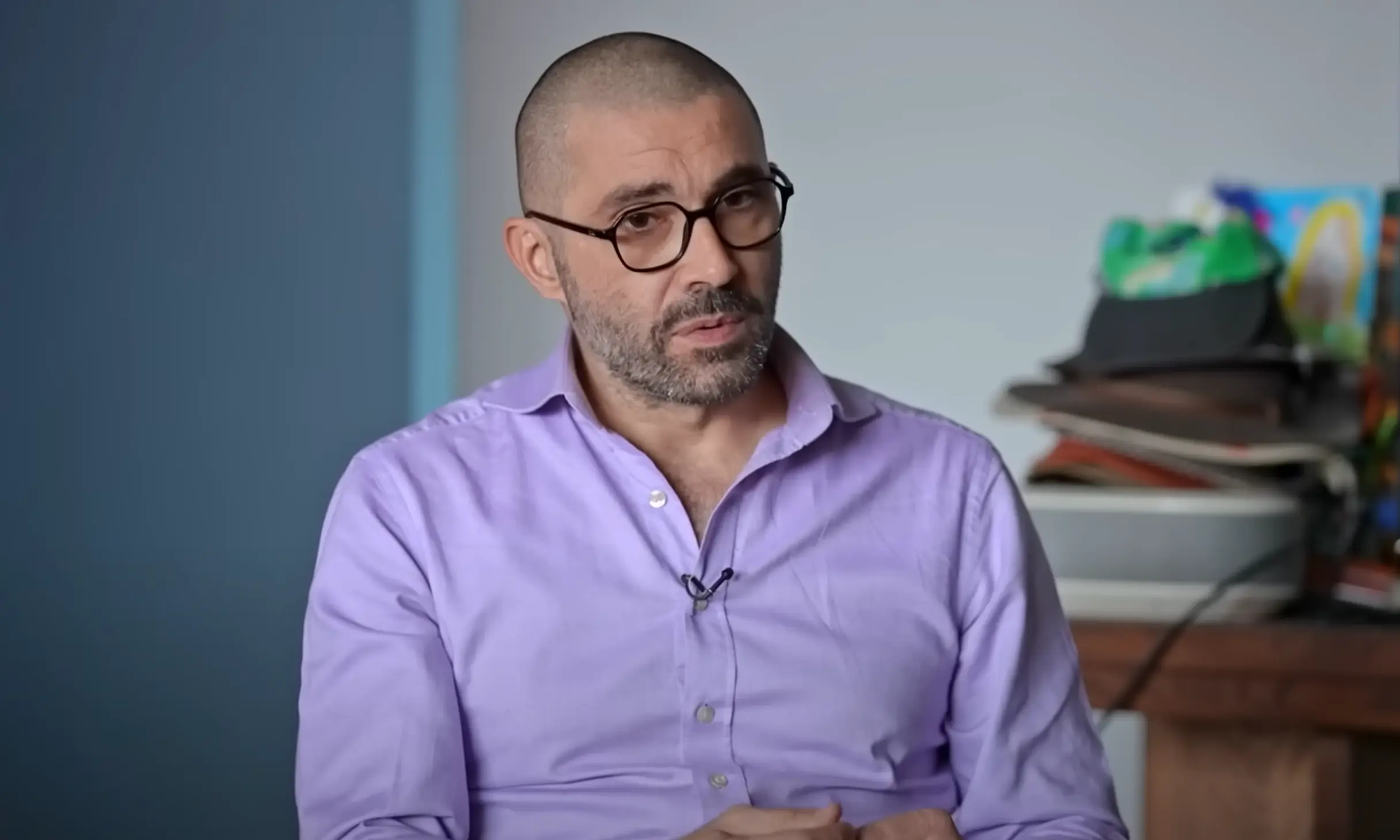 Alexandre, France
Alexandre, France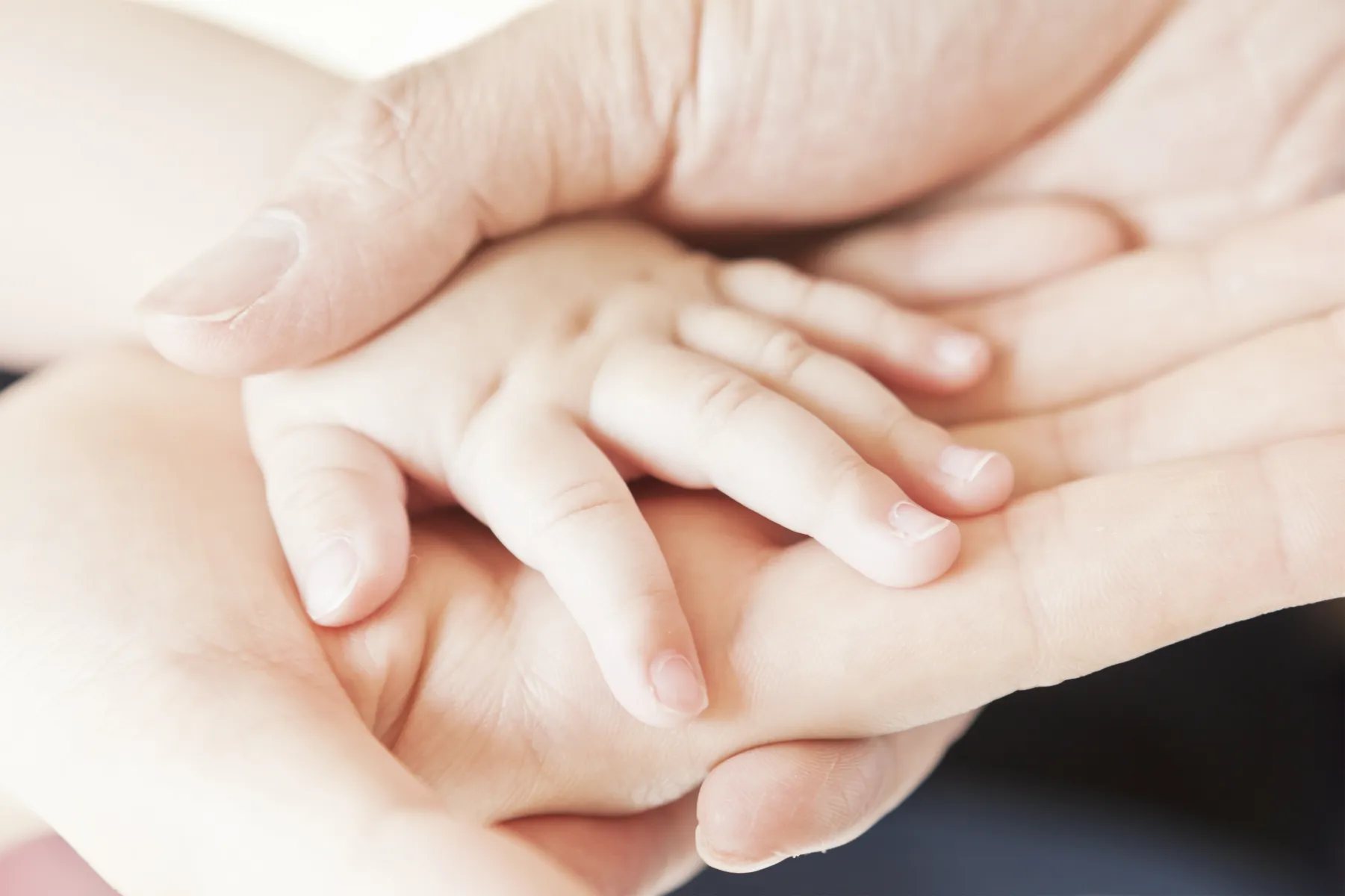 Alexia, France
Alexia, France Amédée, France
Amédée, France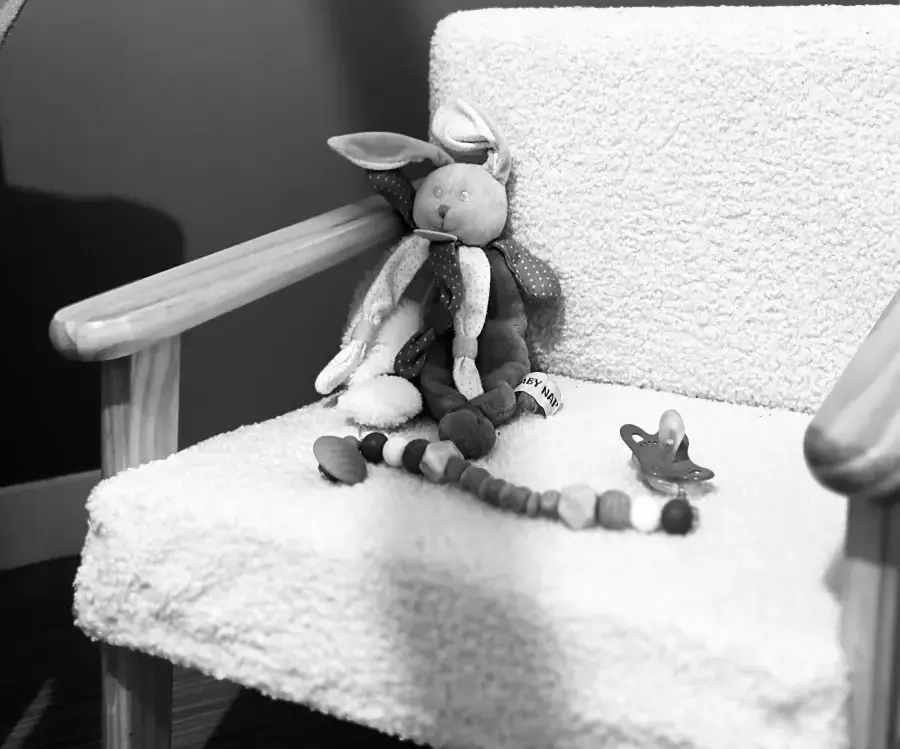 Anaïs, France
Anaïs, France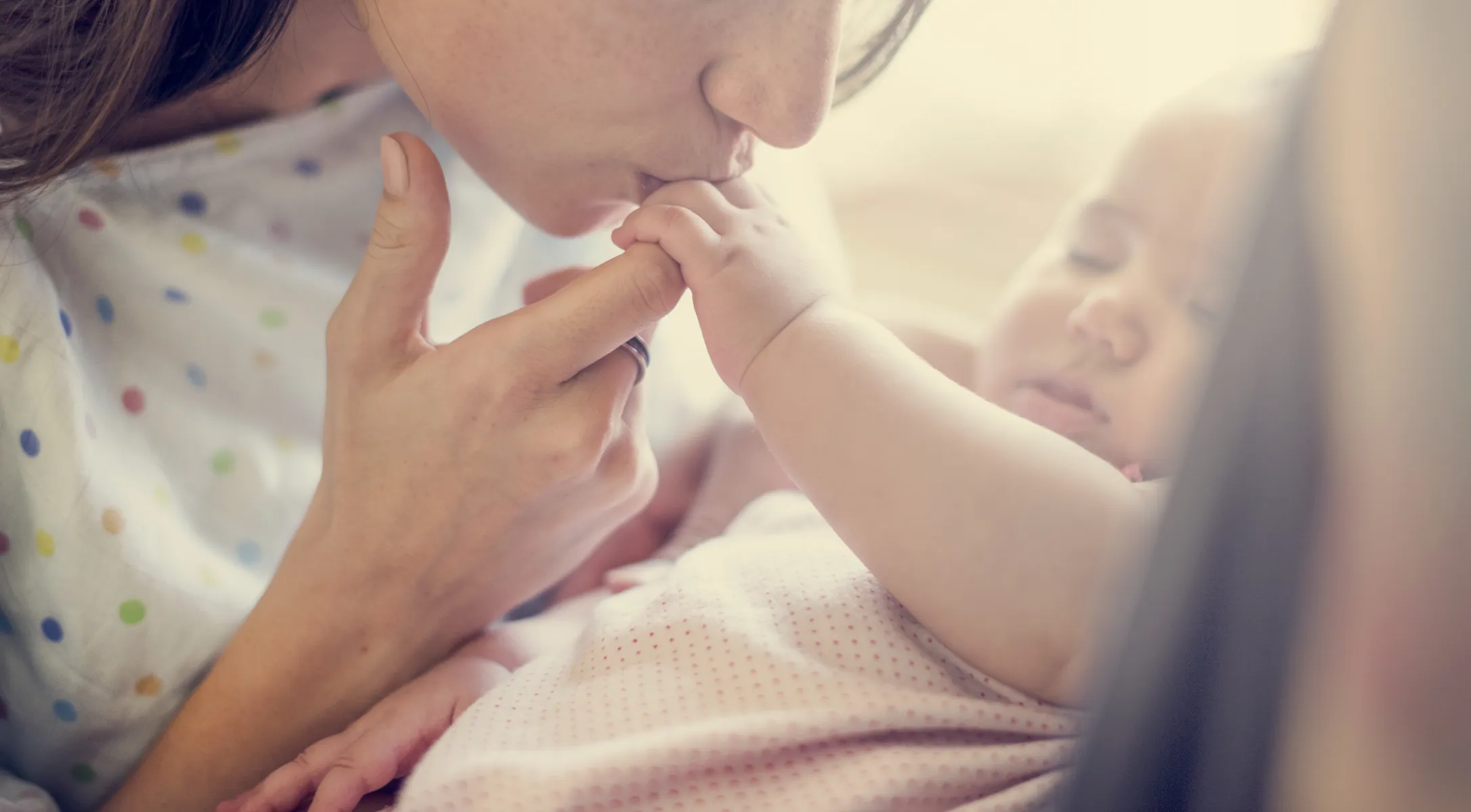 Anonyme, France
Anonyme, France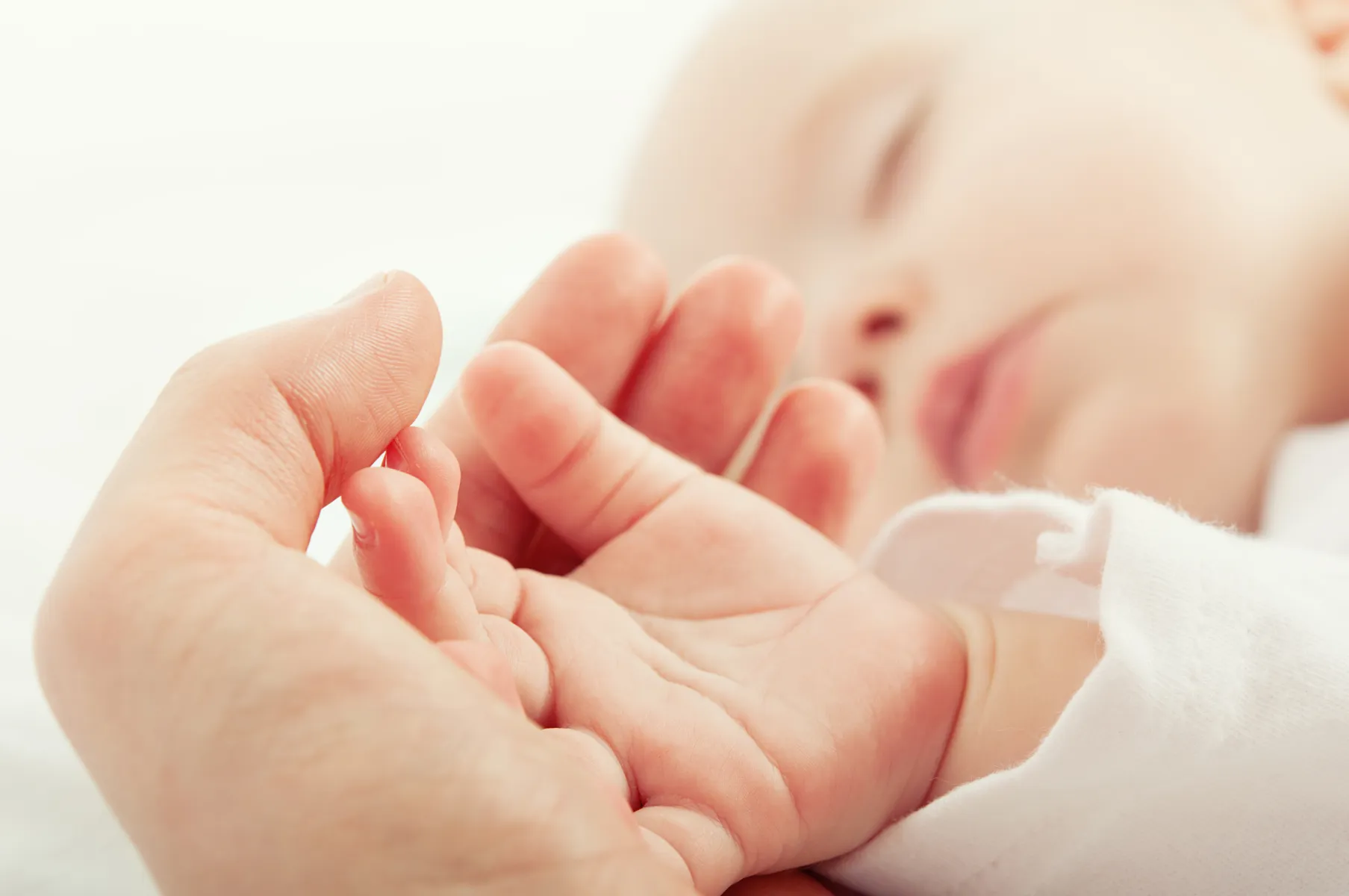 Anonyme, France
Anonyme, France Another Family, UK
Another Family, UK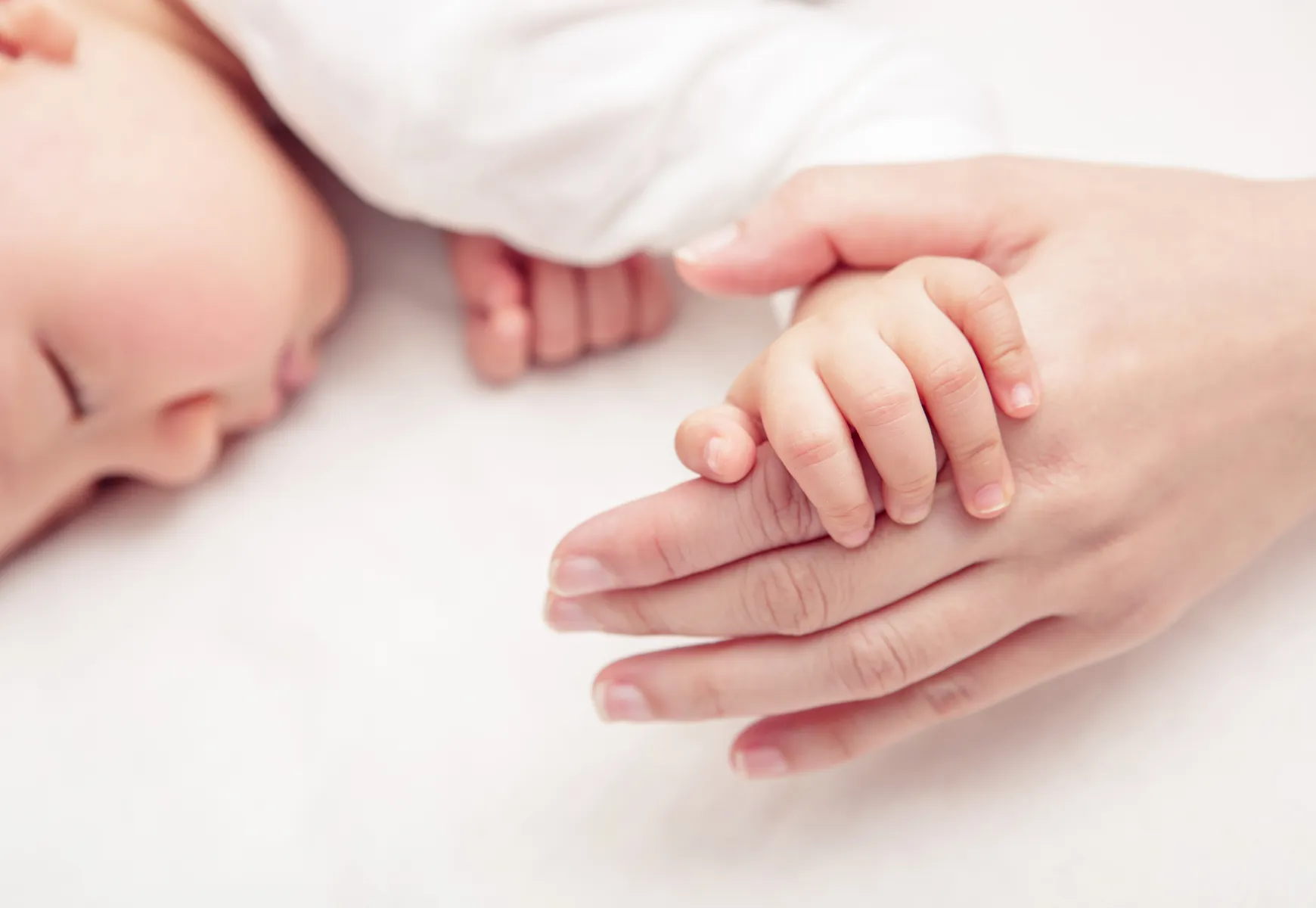 Audrey Edmunds, USA
Audrey Edmunds, USA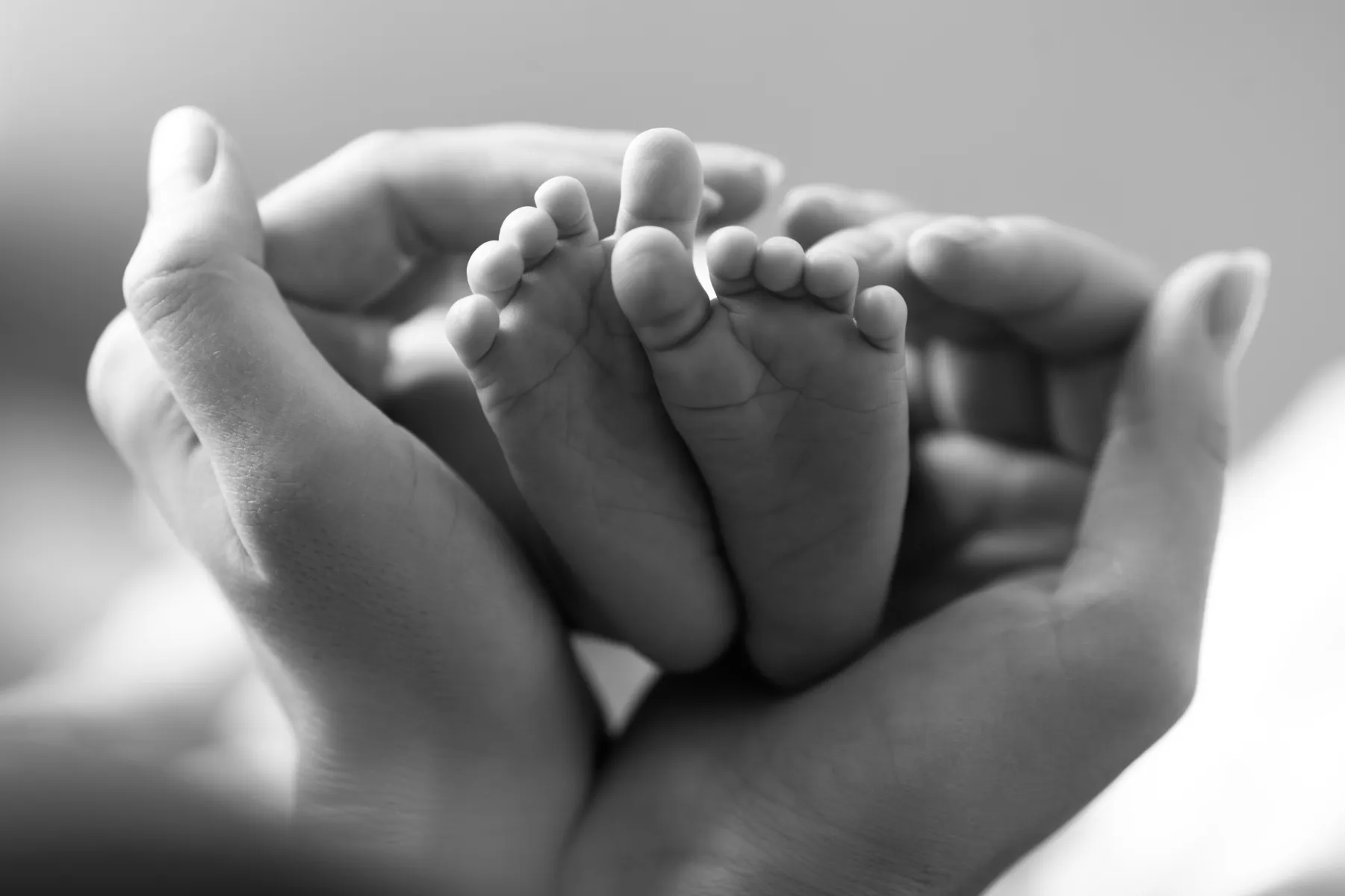 Barbora, Canada
Barbora, Canada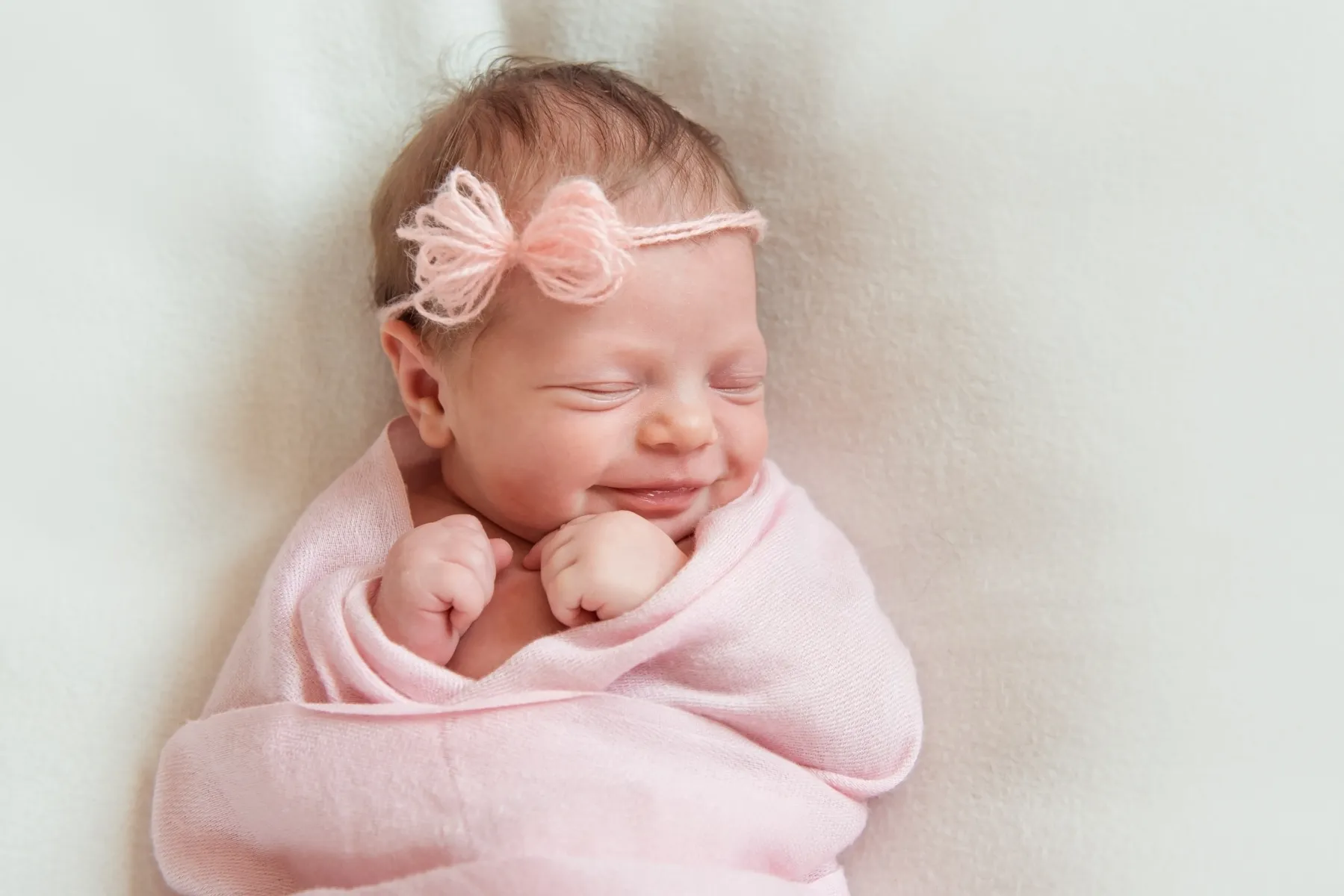 Bénédicte, France
Bénédicte, France Camille, France
Camille, France Candie, France
Candie, France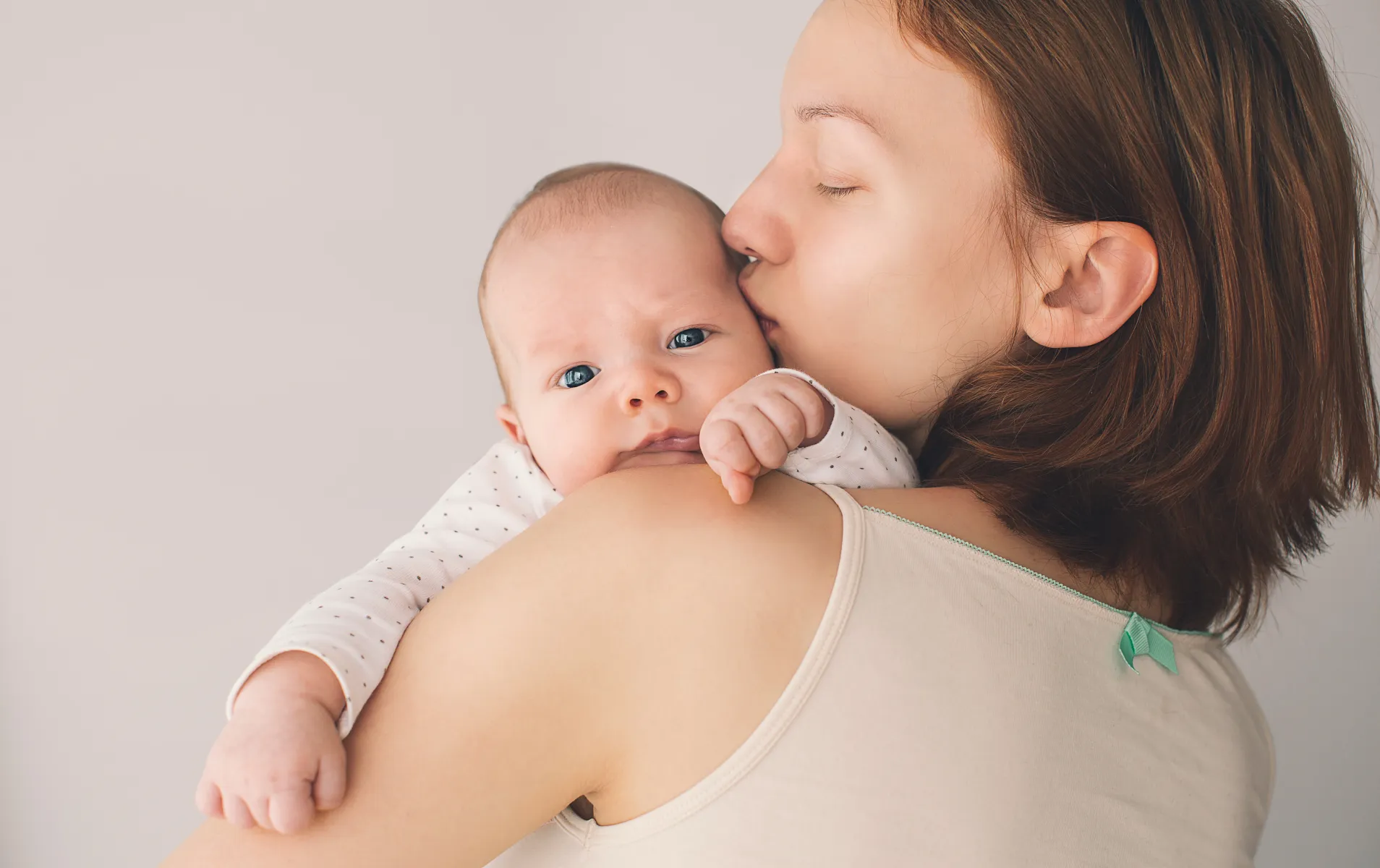 Catherine, France
Catherine, France Chloé, France
Chloé, France Courtney, USA
Courtney, USA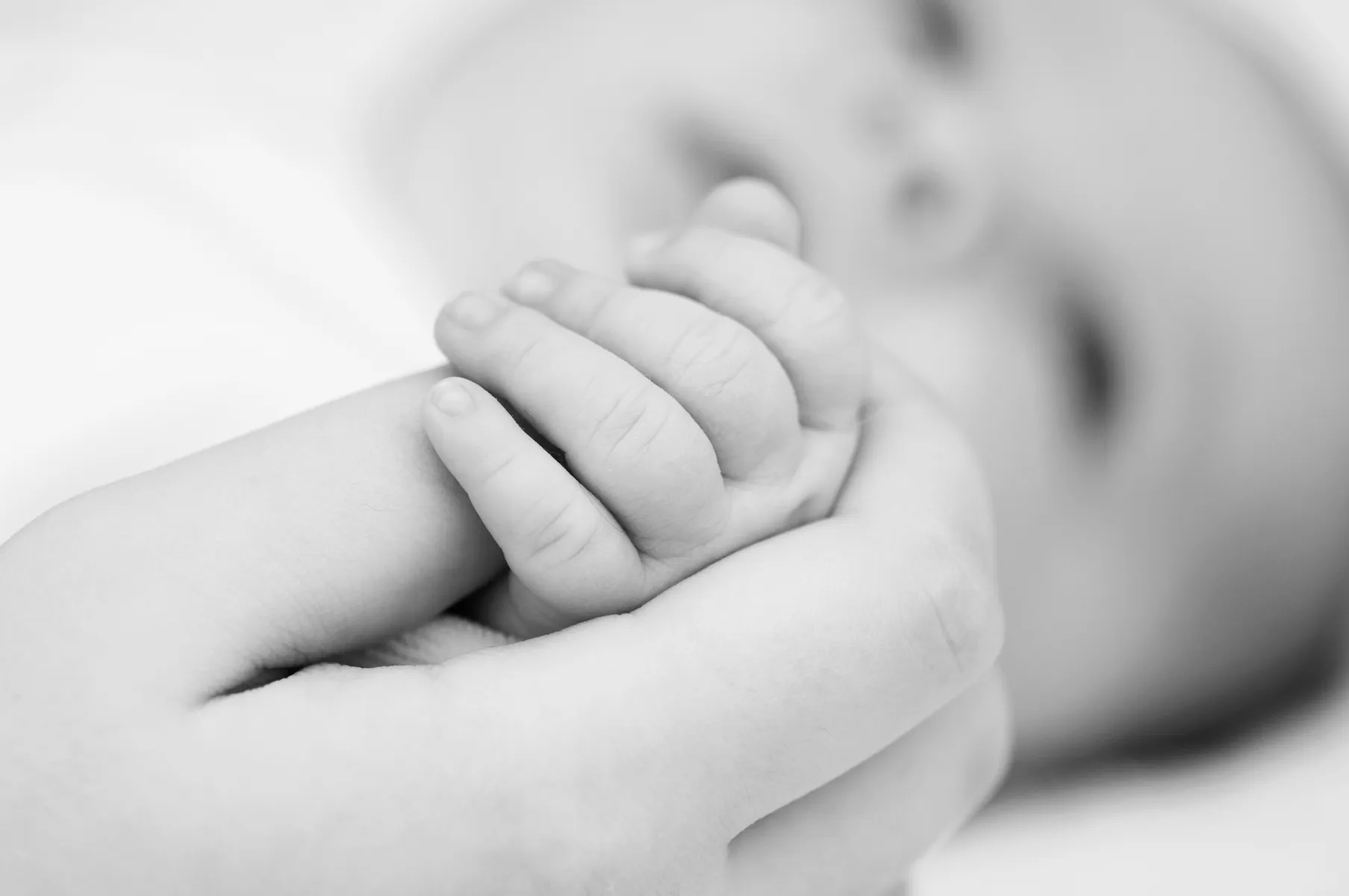 Cyrille, France
Cyrille, France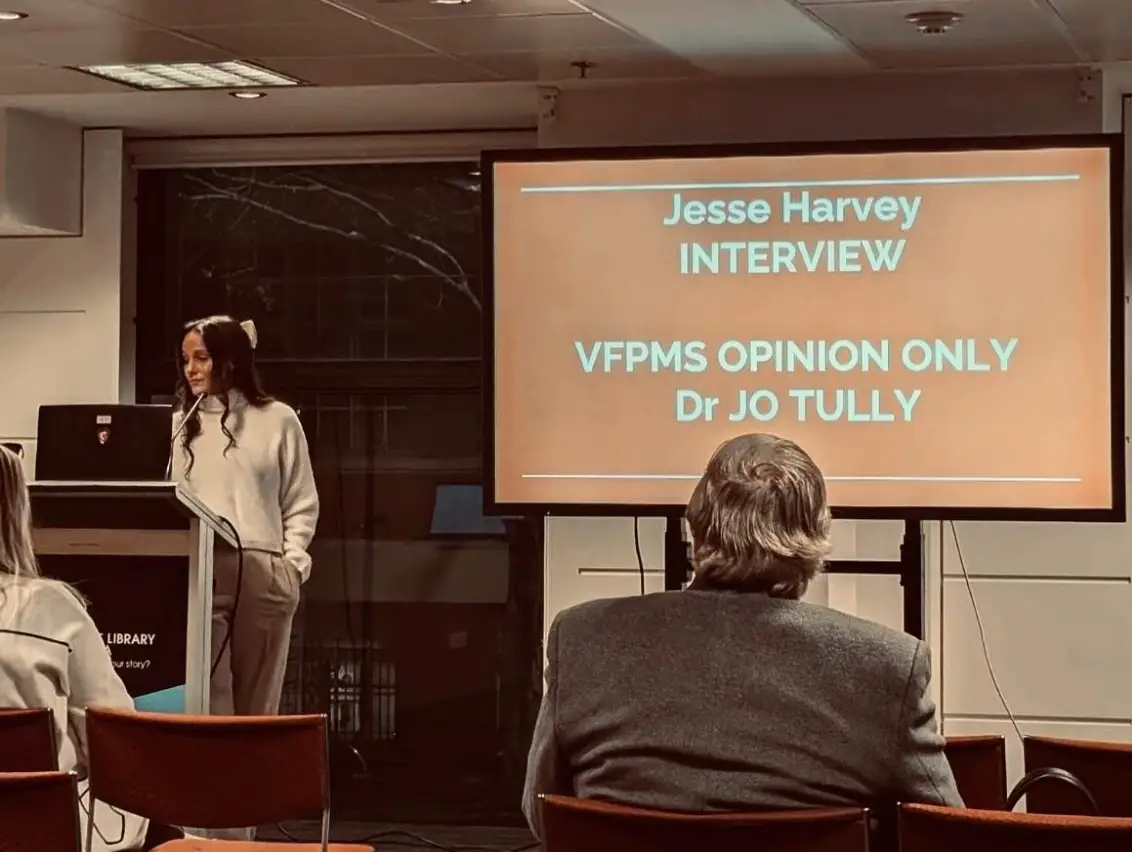 Dwayne Lindsey, Australia
Dwayne Lindsey, Australia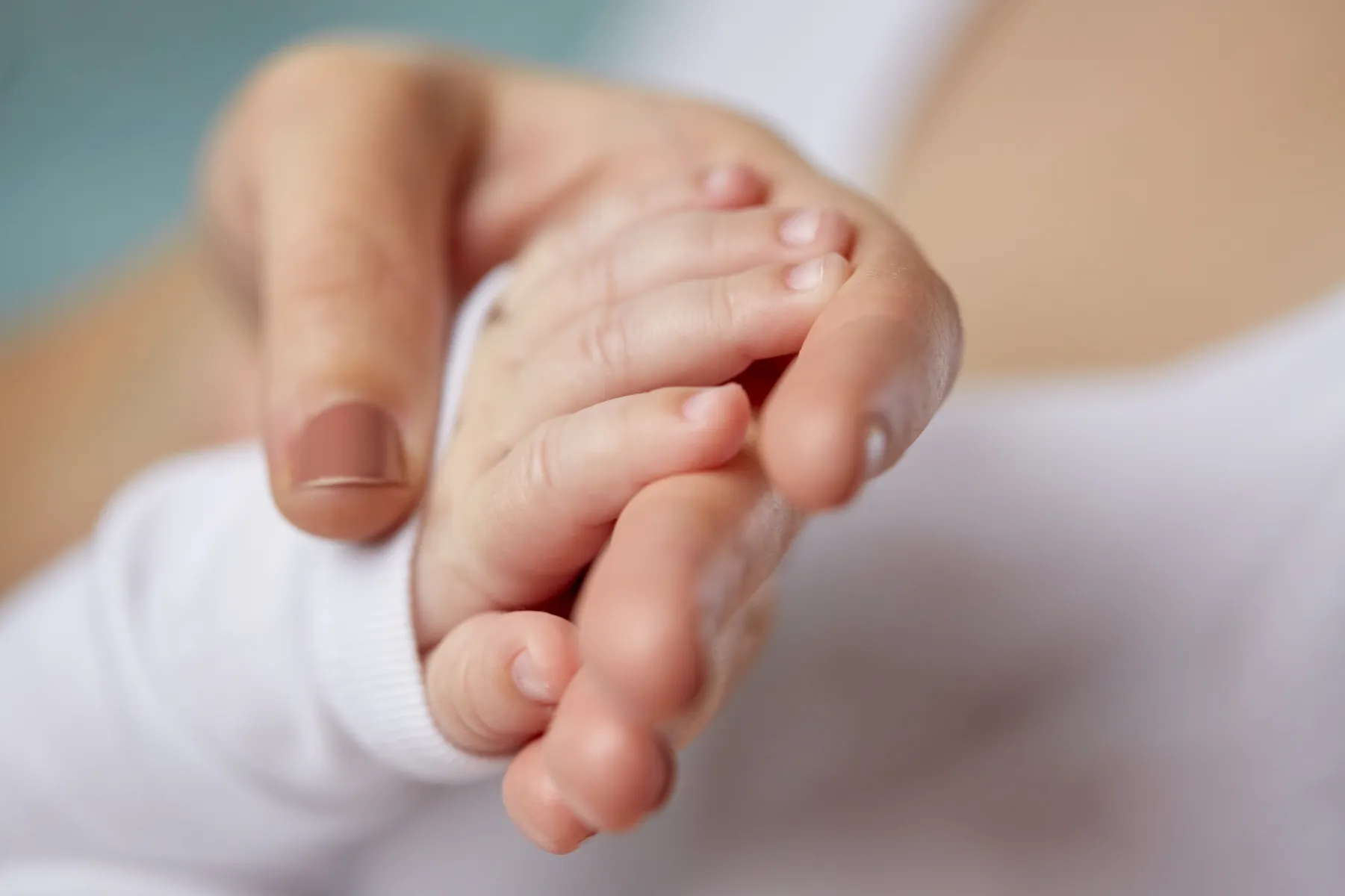 Elisabeth, France
Elisabeth, France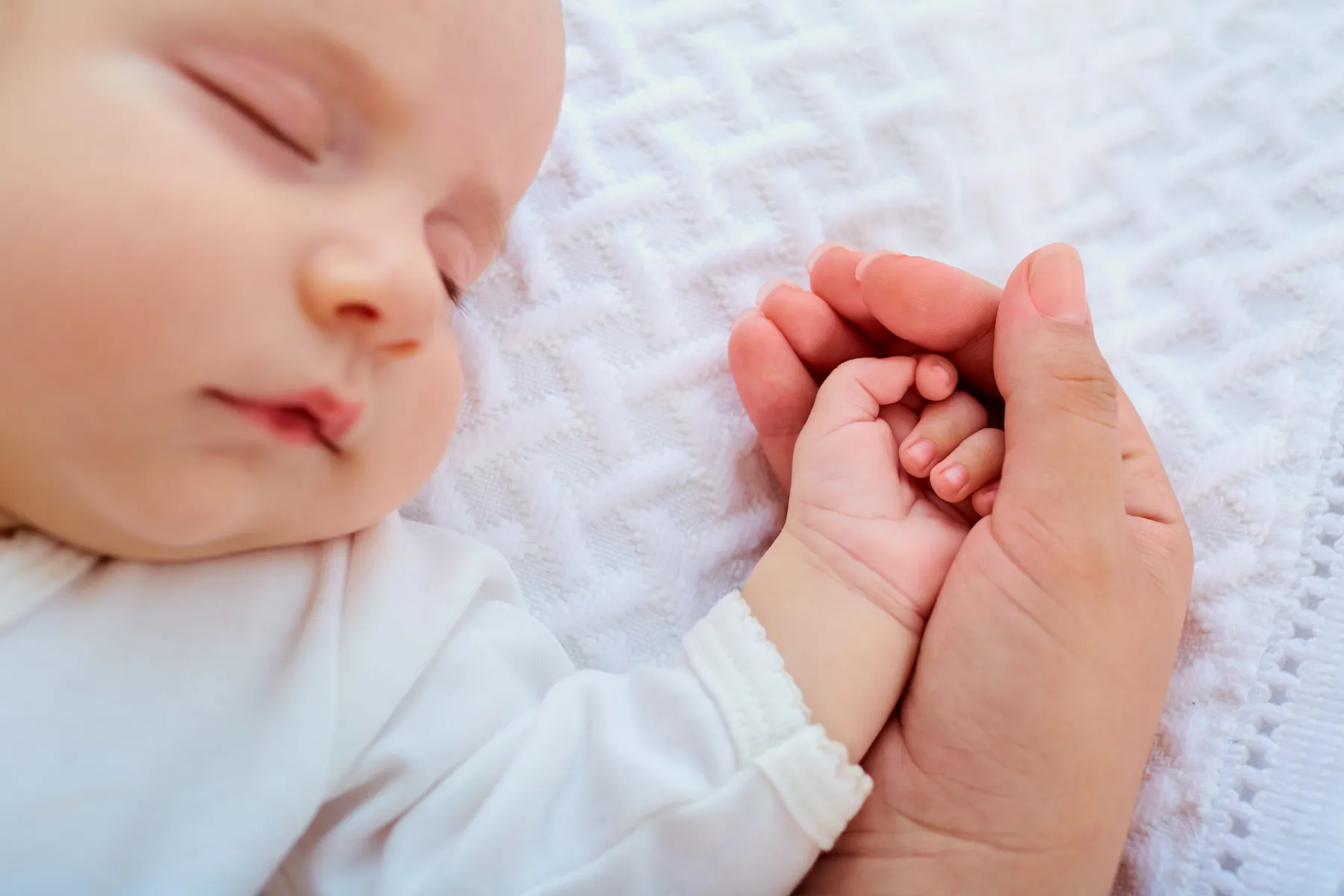 Elise, USA
Elise, USA Elyne, France
Elyne, France Emeline, France
Emeline, France Fajr, USA
Fajr, USA Fany, France
Fany, France Flora, France
Flora, France Ilona, France
Ilona, France Jennifer, France
Jennifer, France Josh, USA
Josh, USA Julia, France
Julia, France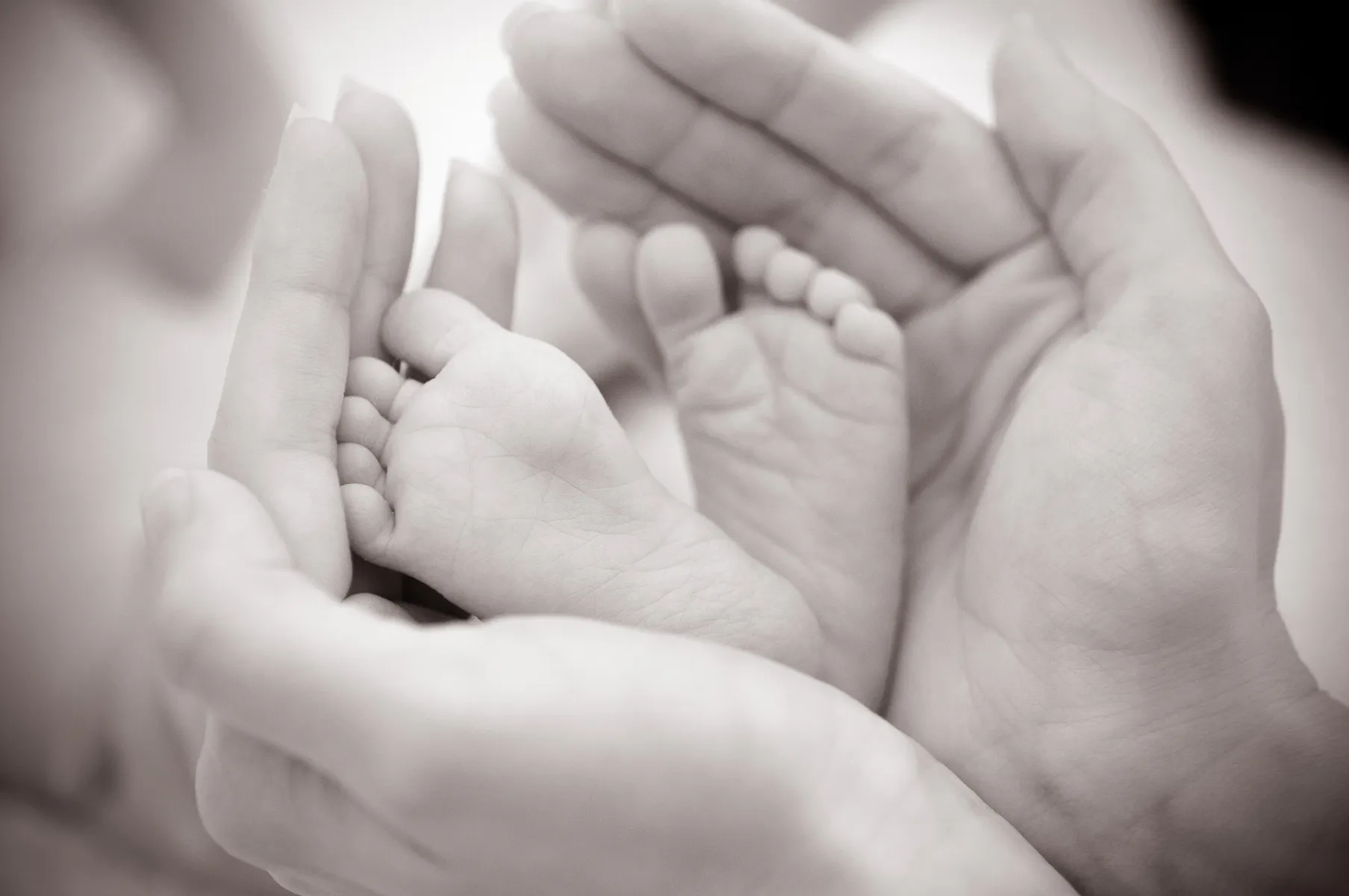 Julie, Australia
Julie, Australia Karen, France
Karen, France Karine, France
Karine, France Kat, UK
Kat, UK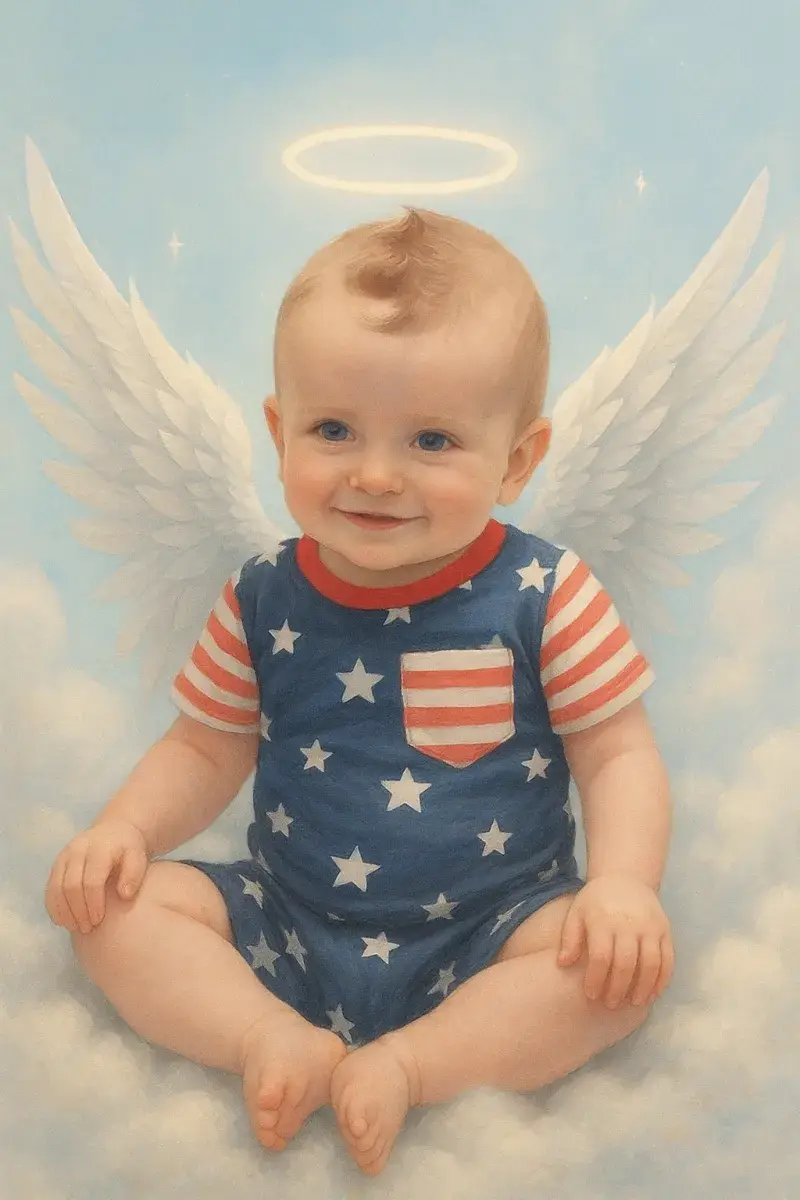 Kimberly, USA
Kimberly, USA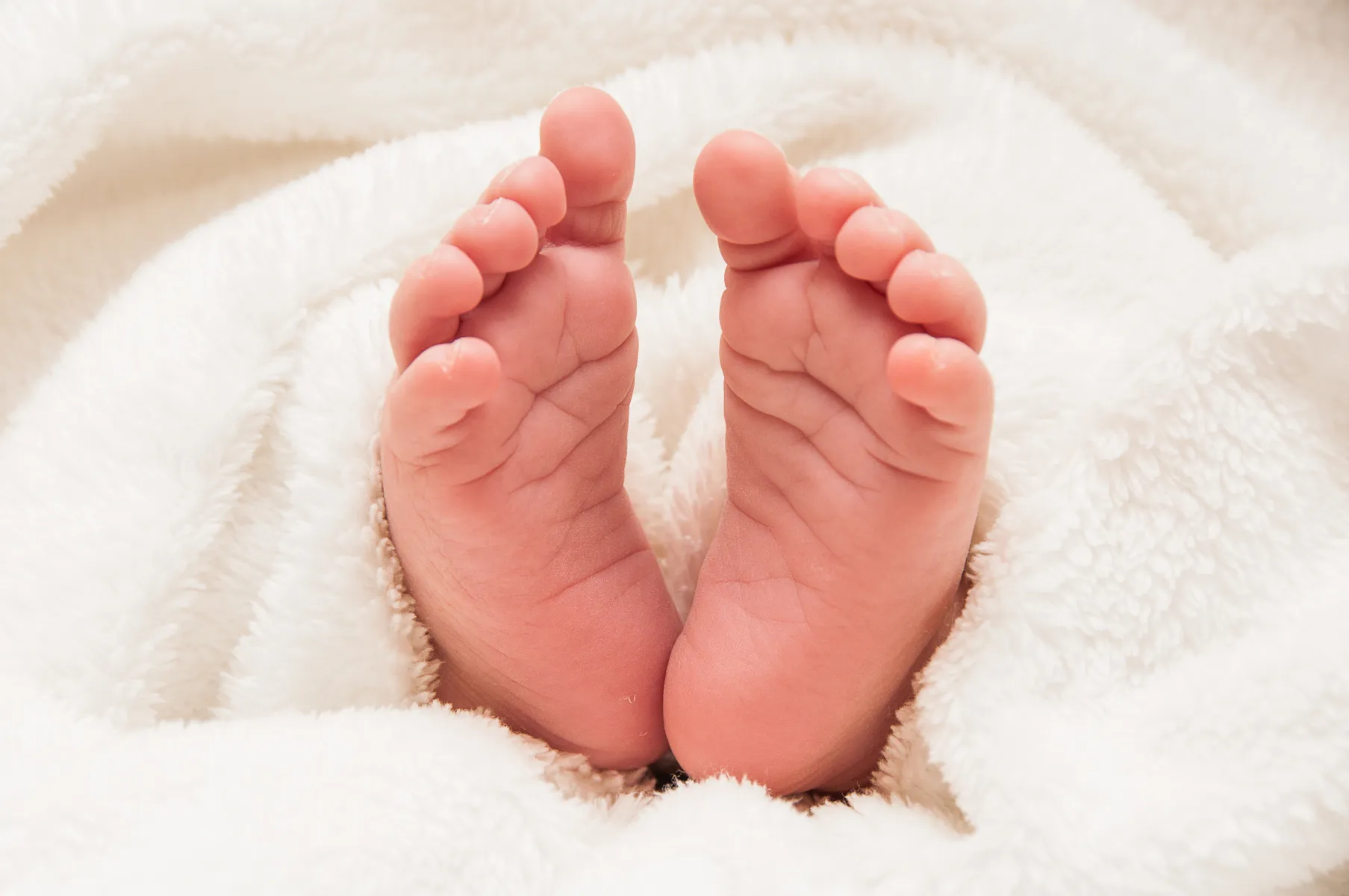 Laeti, France
Laeti, France Laetitia, France
Laetitia, France Laura, UK
Laura, UK Laurine, France
Laurine, France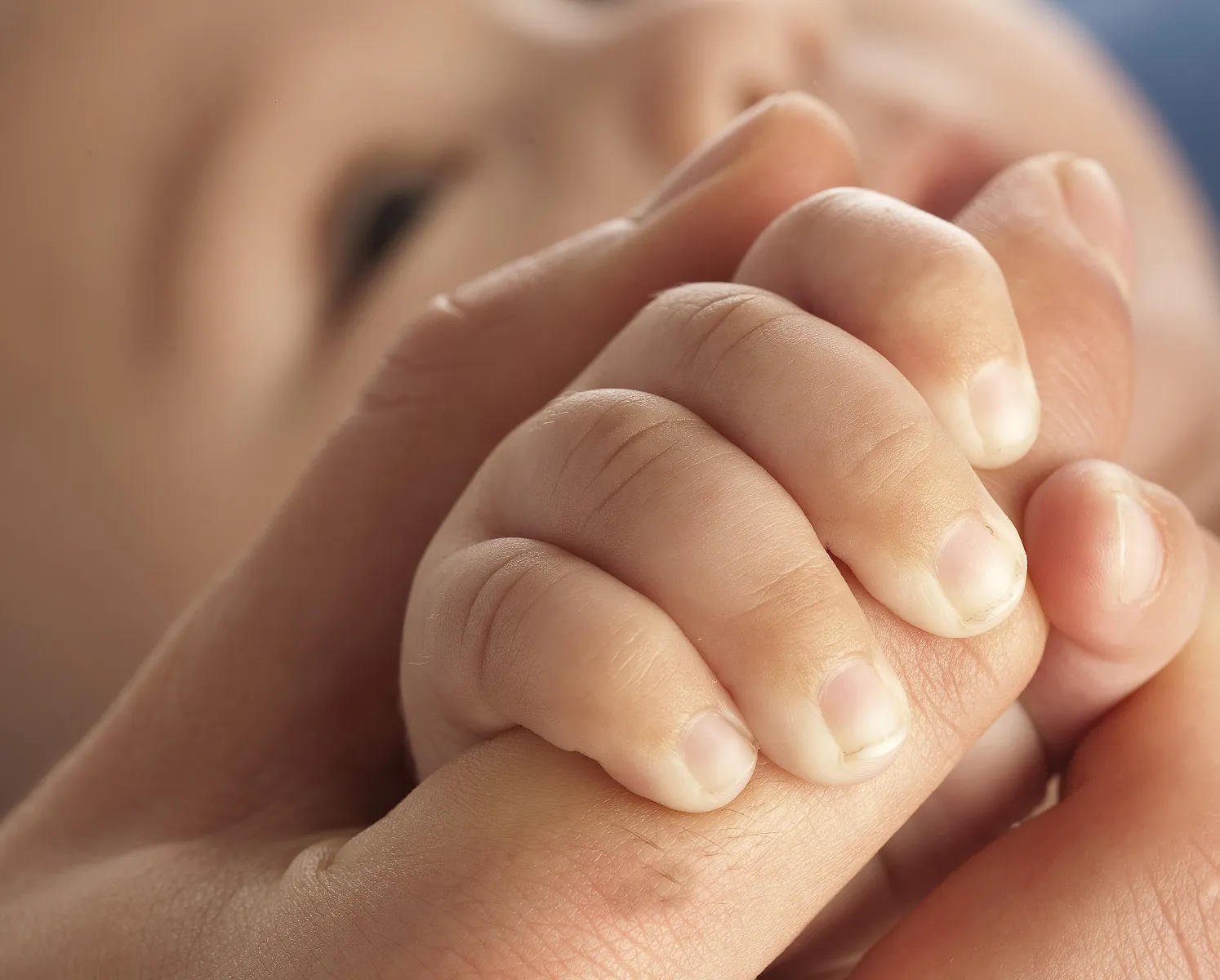 Leigh Crutch, USA
Leigh Crutch, USA Lily, France
Lily, France Lisambs, France
Lisambs, France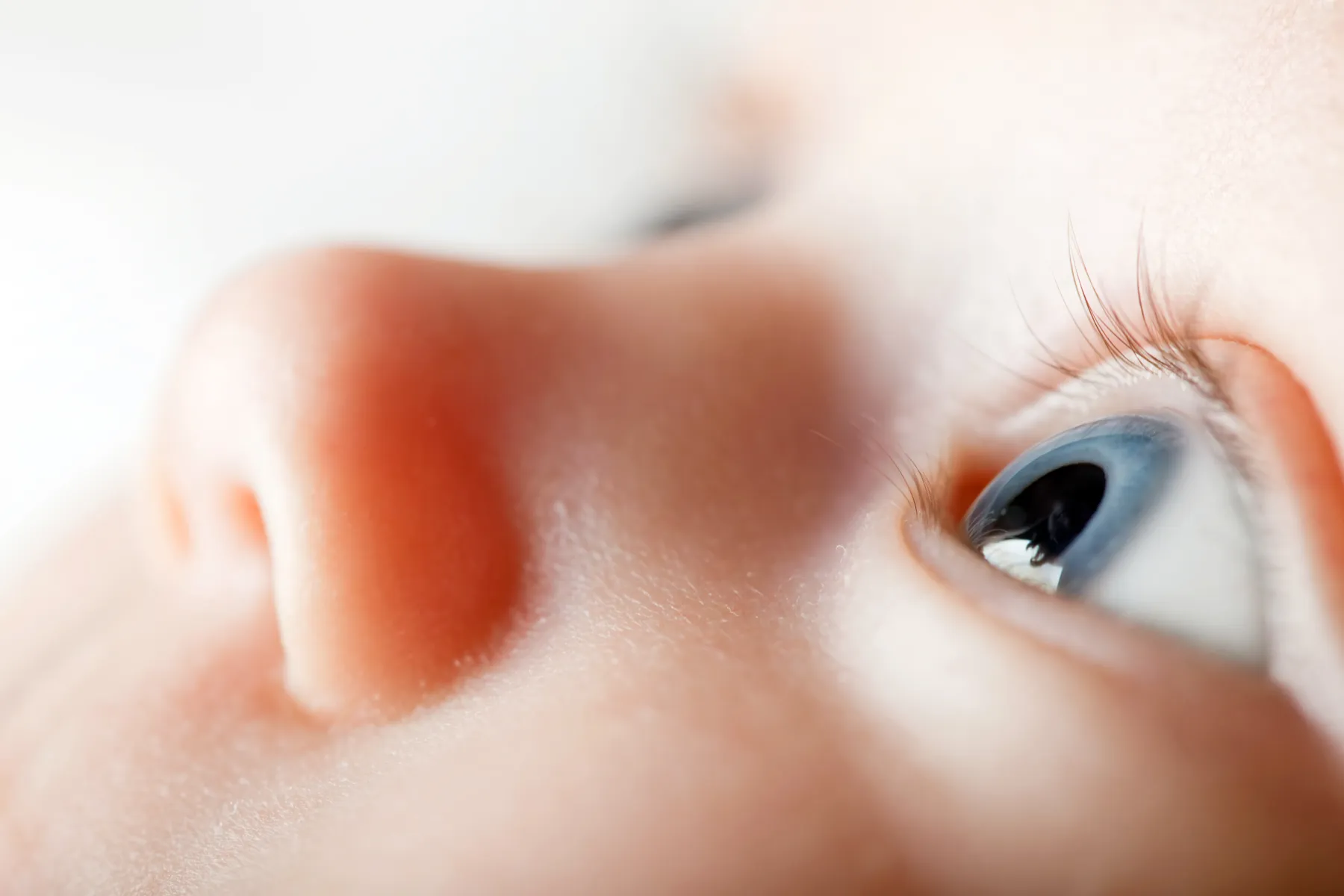 Lolo, France
Lolo, France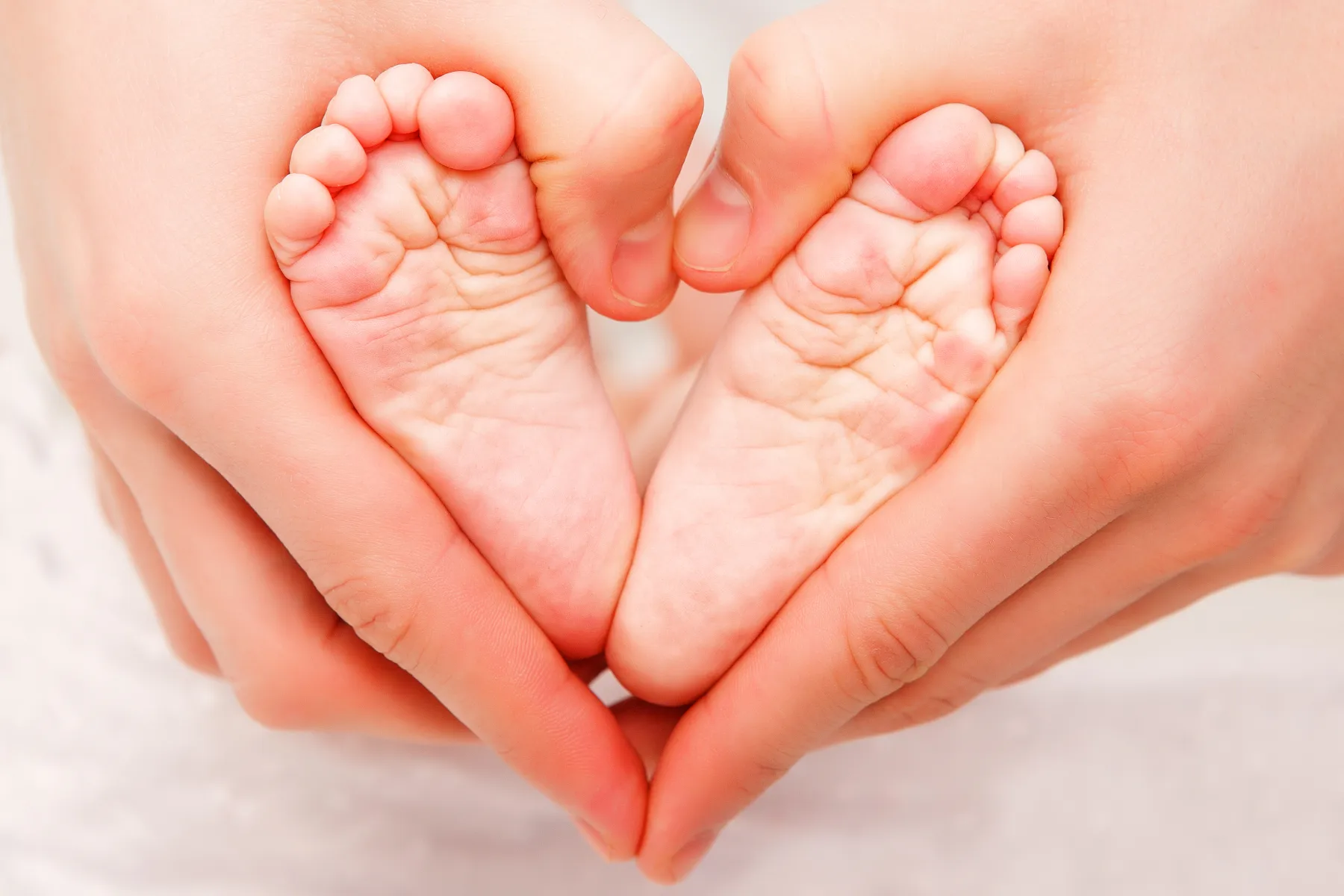 Louise, UK
Louise, UK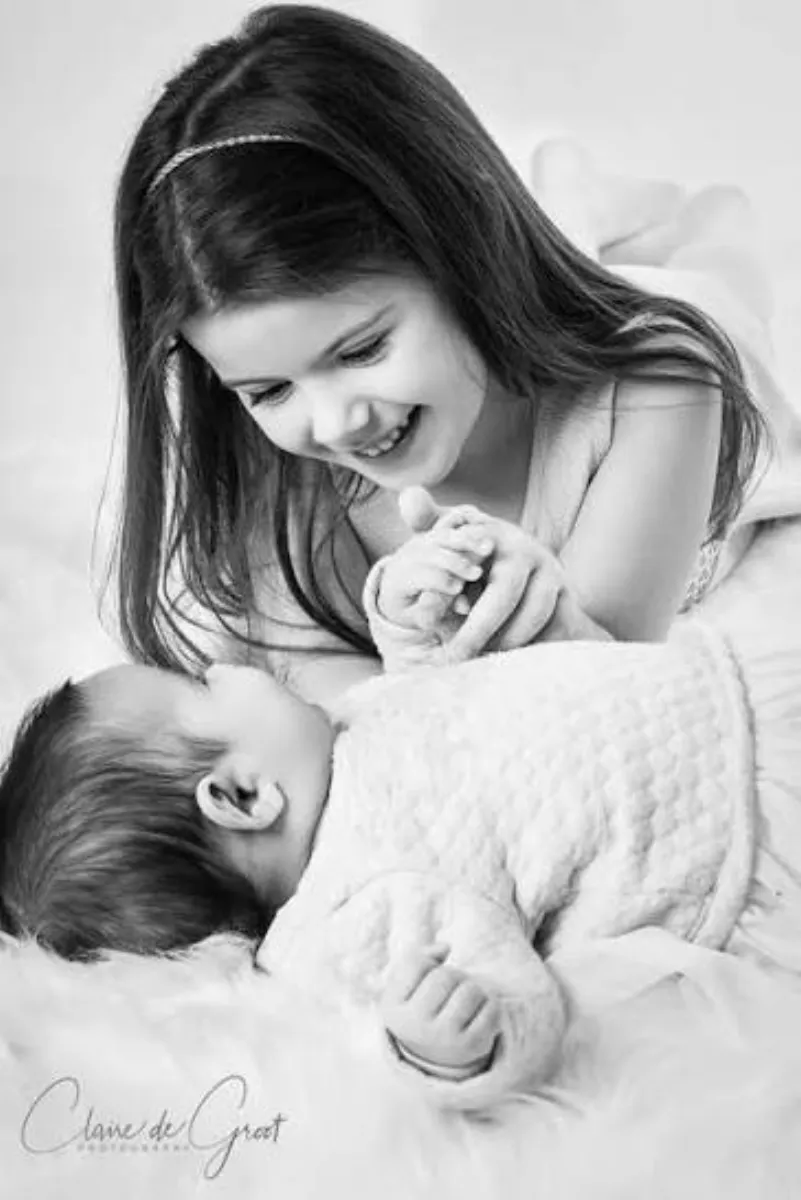 Lyana, France
Lyana, France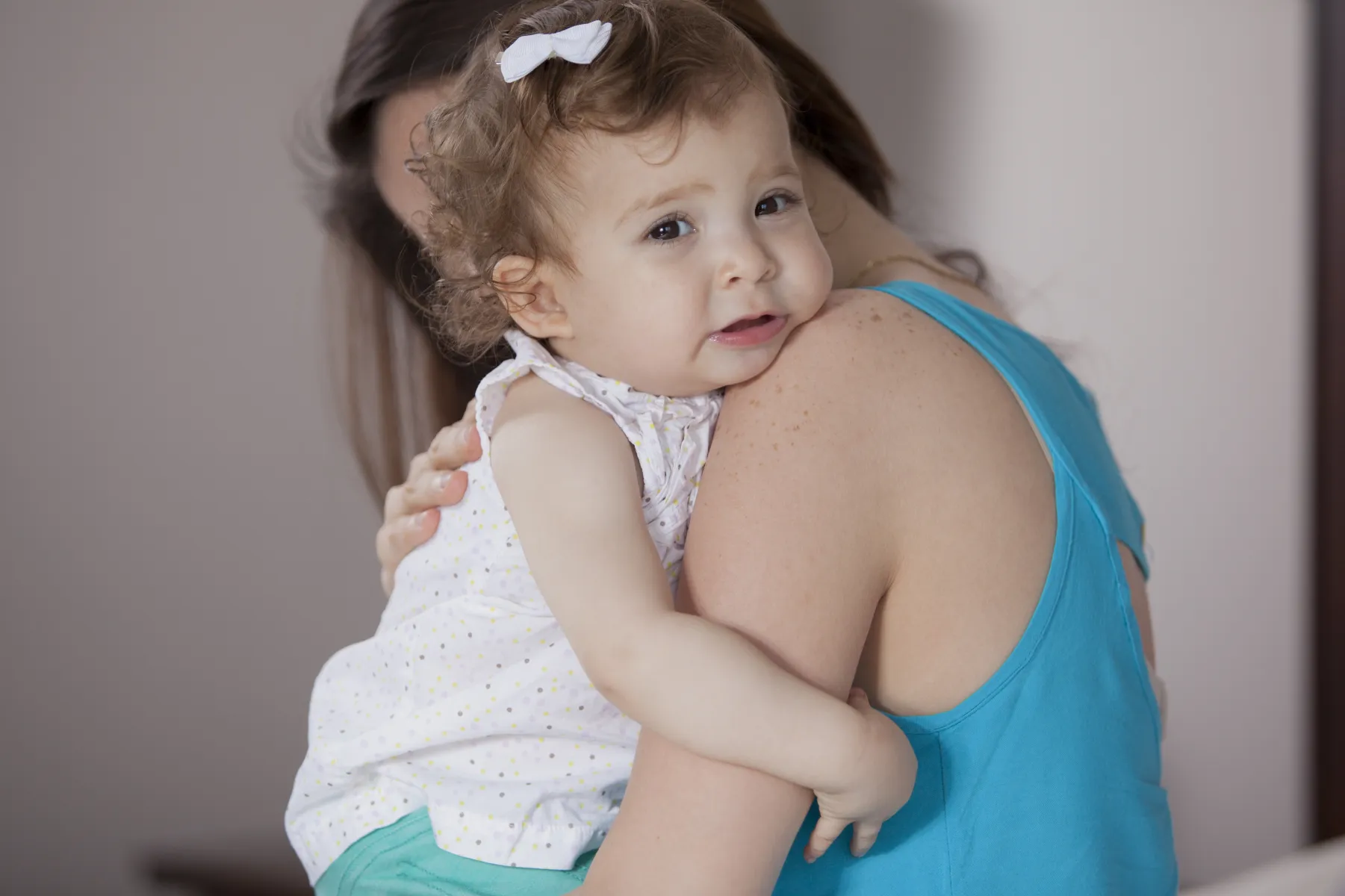 Maddie, USA
Maddie, USA Maë, France
Maë, France Maeva, France
Maeva, France Manon, France
Manon, France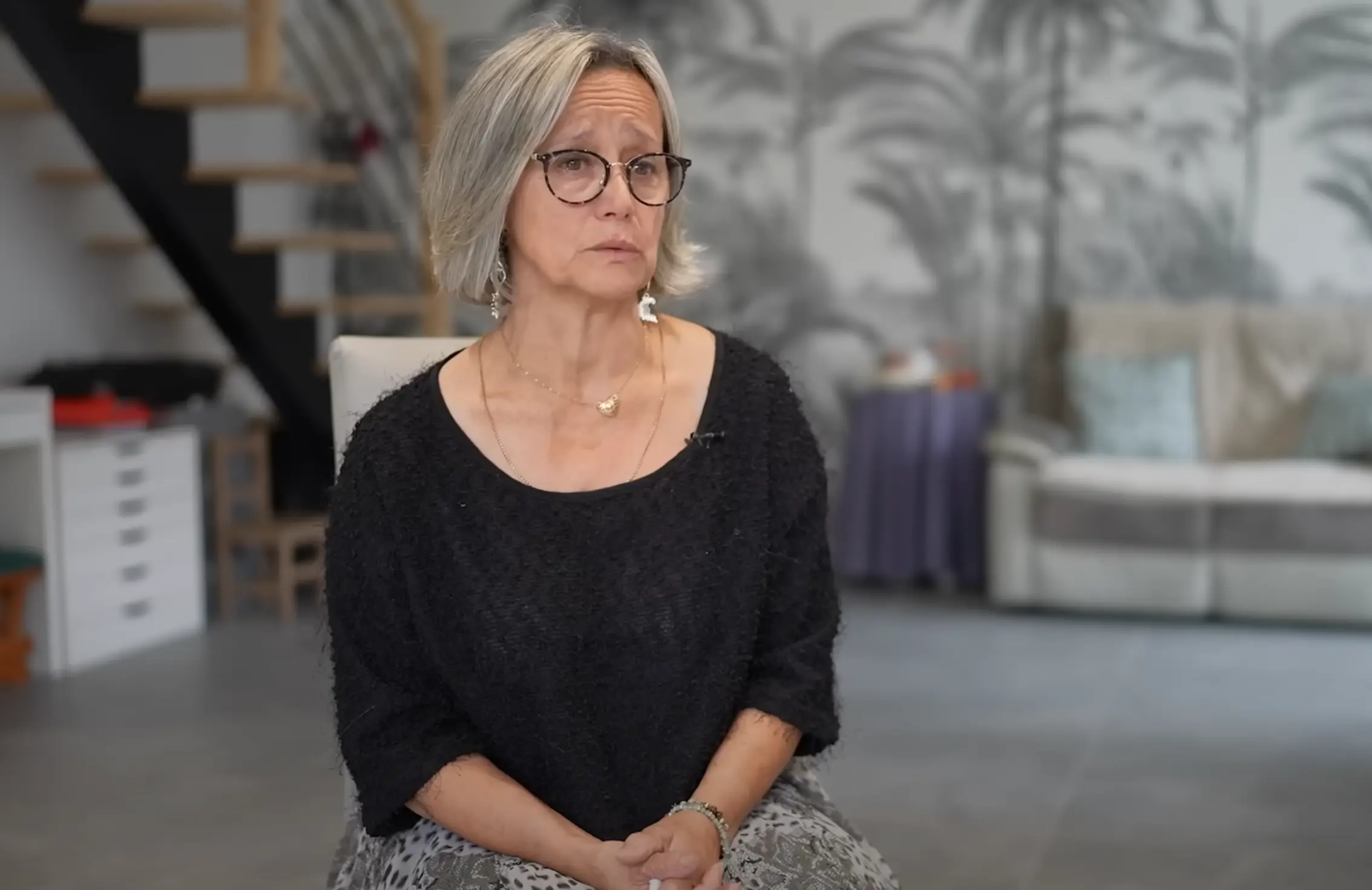 Maria, France
Maria, France Marie, France
Marie, France Marissa, USA
Marissa, USA Mark, UK
Mark, UK Mary, UK
Mary, UK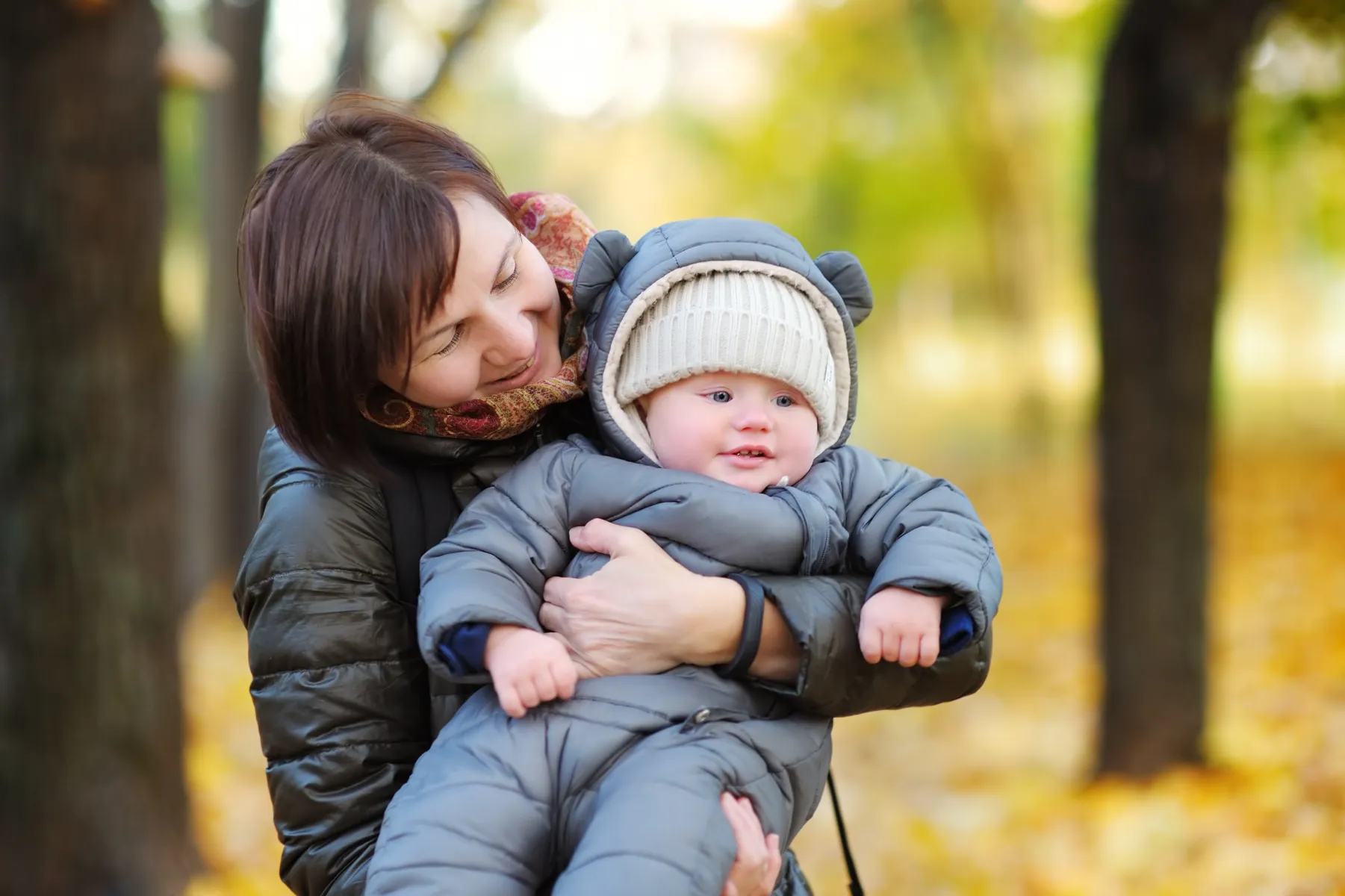 Melanie, Canada
Melanie, Canada Melissa, USA
Melissa, USA Mia, Finland
Mia, Finland Michelle, USA
Michelle, USA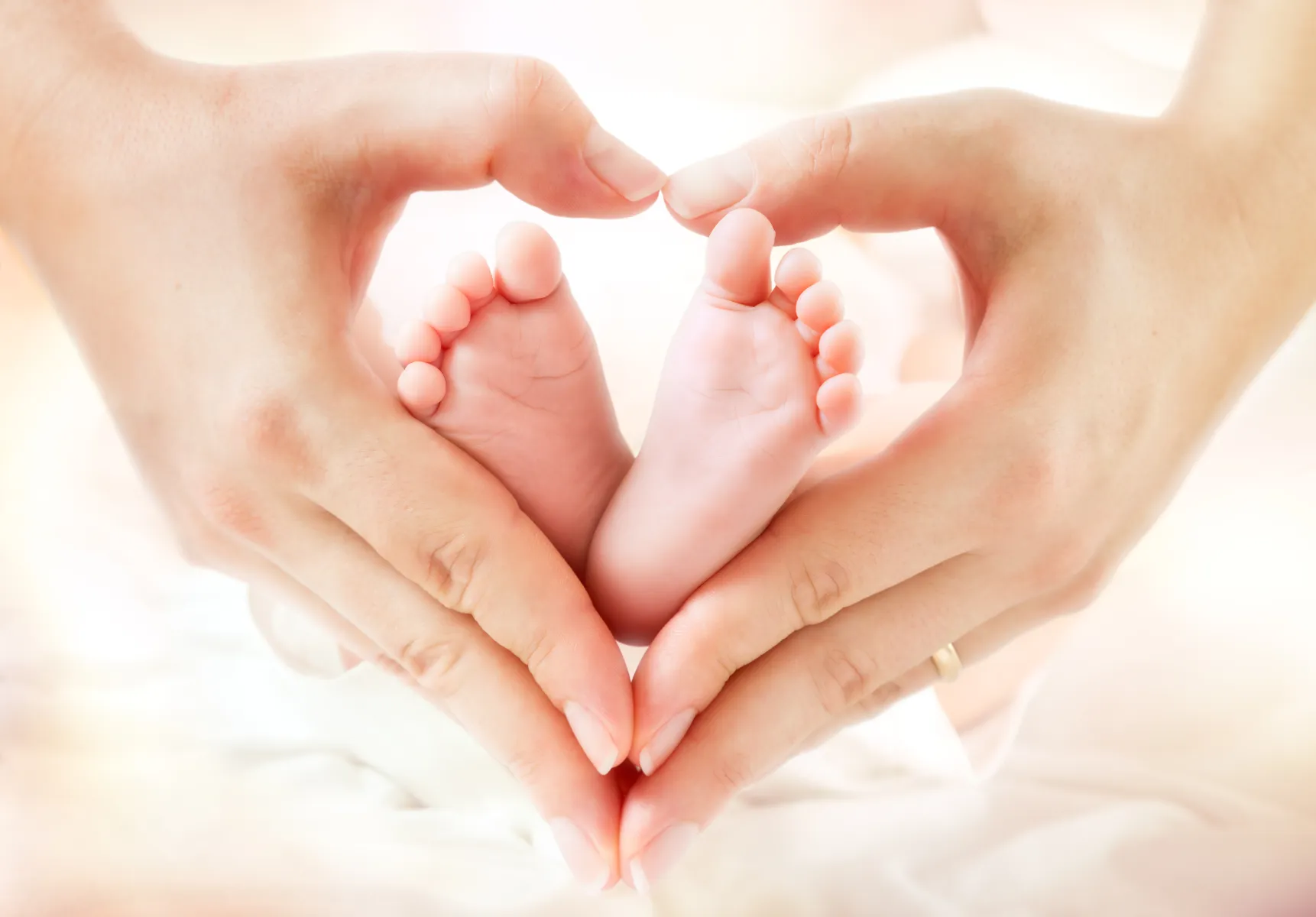 Mlmd, France
Mlmd, France Nancy, Canada
Nancy, Canada Nathalie, France
Nathalie, France Nini, France
Nini, France Nini, France
Nini, France Orionea, France
Orionea, France Paris20, France
Paris20, France Paula, USA
Paula, USA Perle, France
Perle, France Peter, Sweden
Peter, Sweden Reginald, USA
Reginald, USA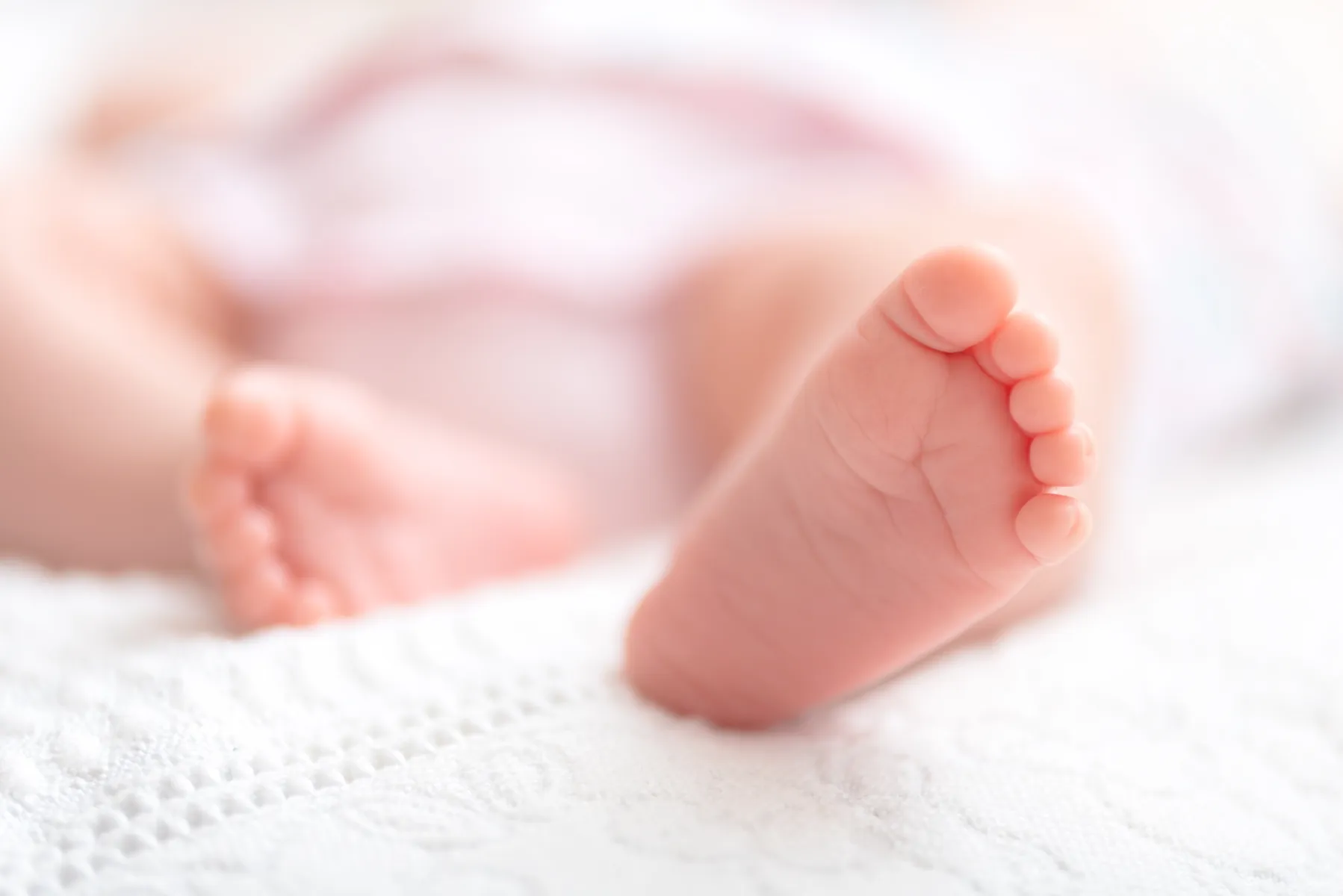 Roxanne, USA
Roxanne, USA Sally, Canada
Sally, Canada Sarah, USA
Sarah, USA Sarah, France
Sarah, France Skye, UK
Skye, UK Sophie, France
Sophie, France Stephanie, USA
Stephanie, USA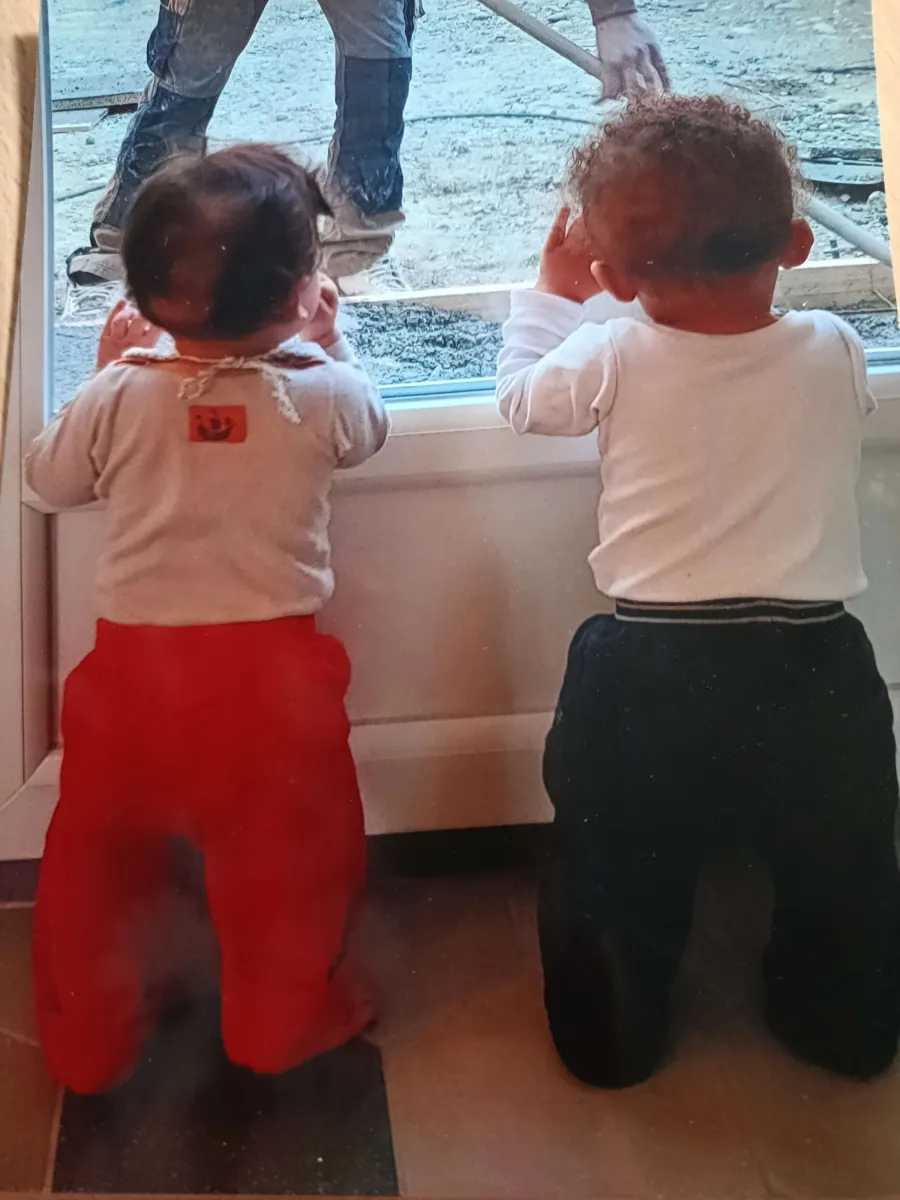 Sylvie, France
Sylvie, France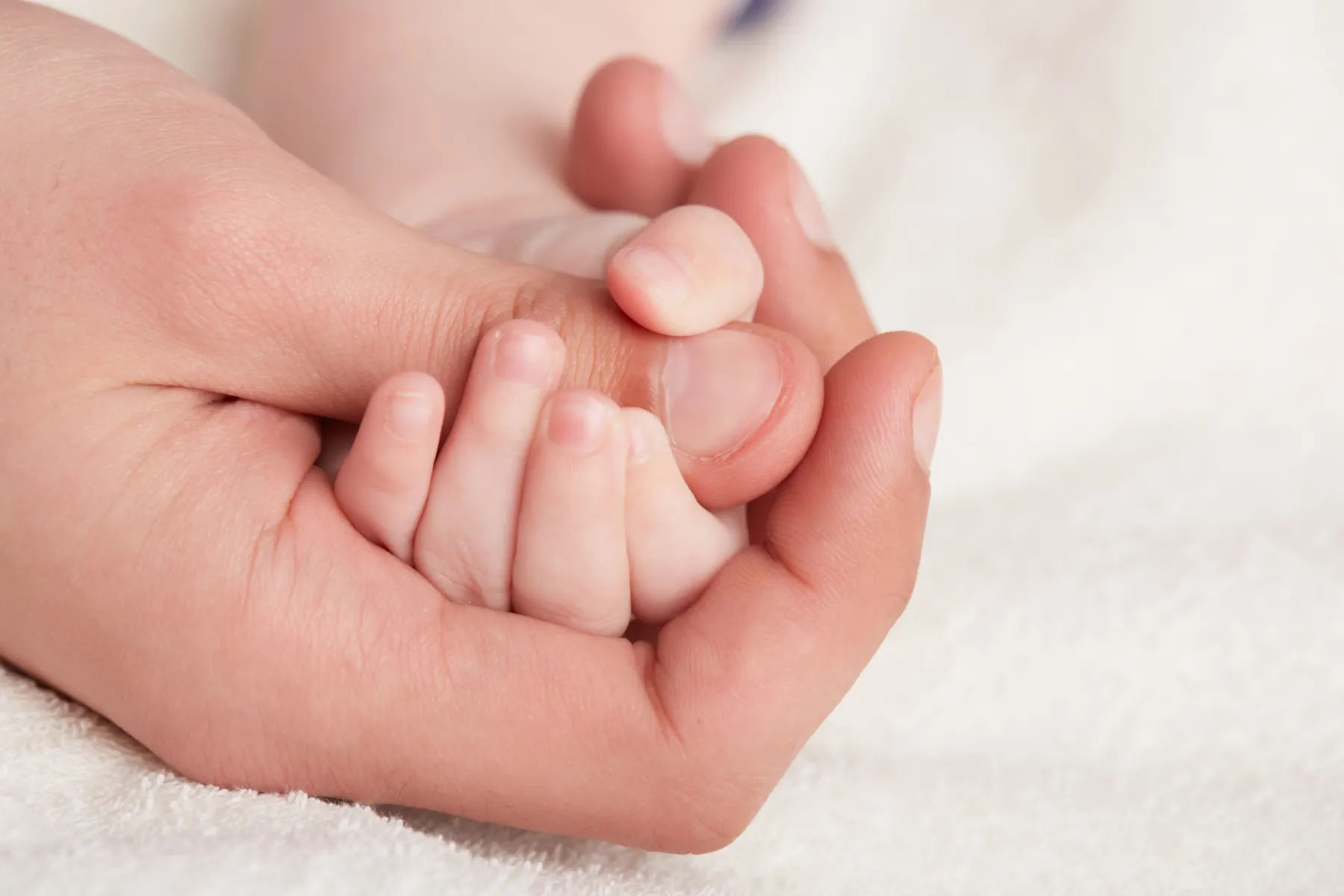 Valeria, France
Valeria, France Vanessa, France
Vanessa, France Vanessa, France
Vanessa, France Virginie, France
Virginie, FranceSupport us!
Together, we can make a difference. Every donation and every membership strengthens our work — offering support, creating dialogue and advancing scientific progress.
Contact
If you are facing a wrongful diagnosis or if you need more information, please reach out to us.
Please note: ADIKIA does not provide legal or medical advice. Consult qualified professionals.